You’ve spent hours hyping up anime—sharing intense battles, revealing deep storylines, and convincing a skeptical friend to finally give it a try. But when you suggest One Piece, a show with over 1,000 episodes, they hesitate. The idea of committing to something that long feels overwhelming, and just like that, their interest fades. What could’ve been their gateway into anime now feels like an impossible task.
It’s frustrating, right? You were so close to bringing them into a world of incredible storytelling, but the sheer length of your recommendation pushed them away. Instead of throwing them into a marathon, why not start with something more approachable? A shorter, well-paced series makes it easier for new fans to get hooked without feeling pressured. That way, they’ll be more likely to stick around for more.
30) Summer Time Rendering
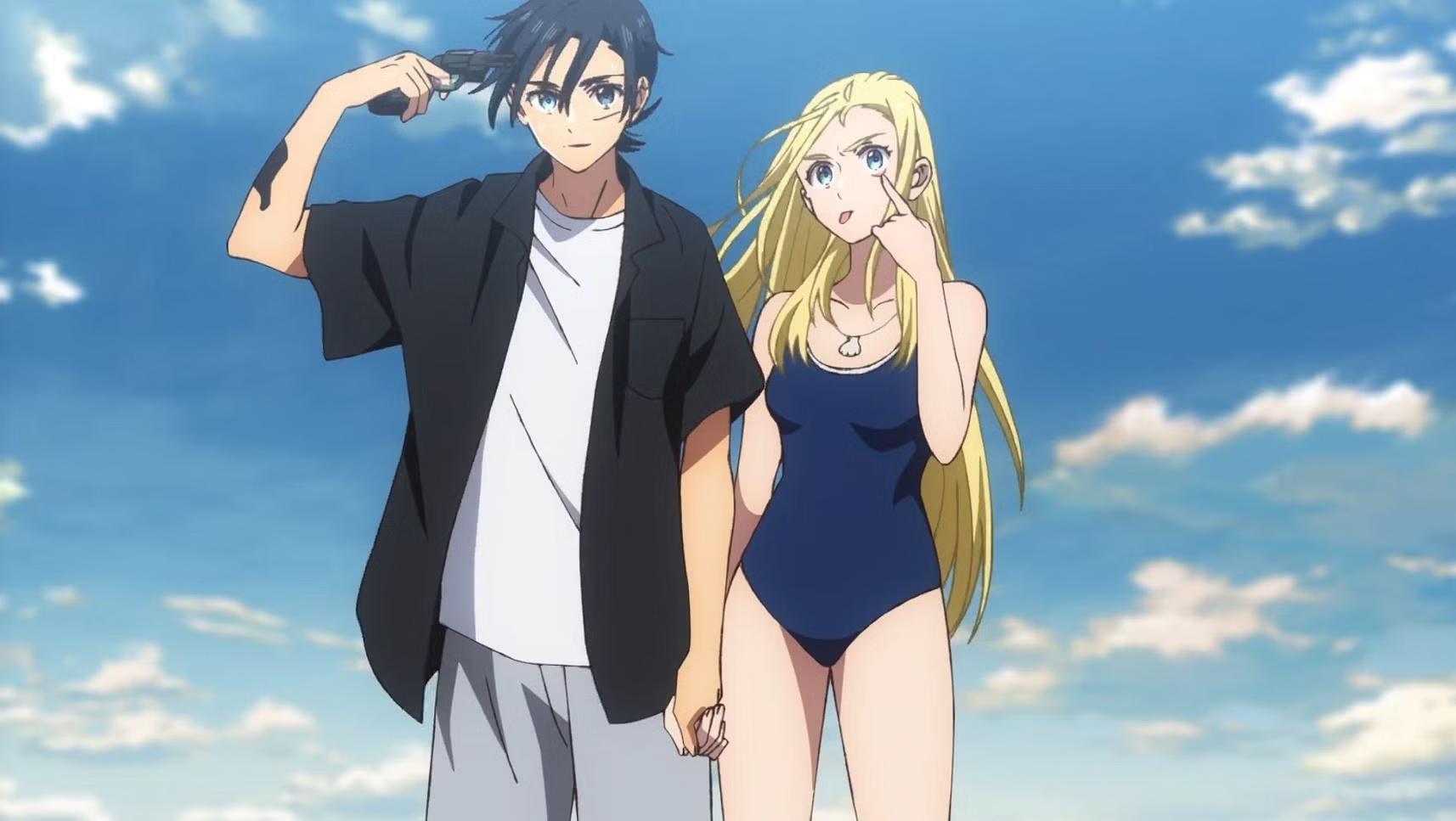
In Summer Time Rendering’s concise 25 episodes, viewers are treated to a story without unnecessary detours, keeping them on the edge with unexpected plot twists. Shinpei Ajiro’s return home for a funeral takes an unexpected turn when he discovers he can travel back in time.
To his surprise, his childhood crush Ushio, previously deceased, is alive and well. As they uncover the existence of ominous “shadows” and a looming tragedy, Shinpei and Ushio must unite to confront this looming threat to their island.
29) She And Her Cat: Everything Flows
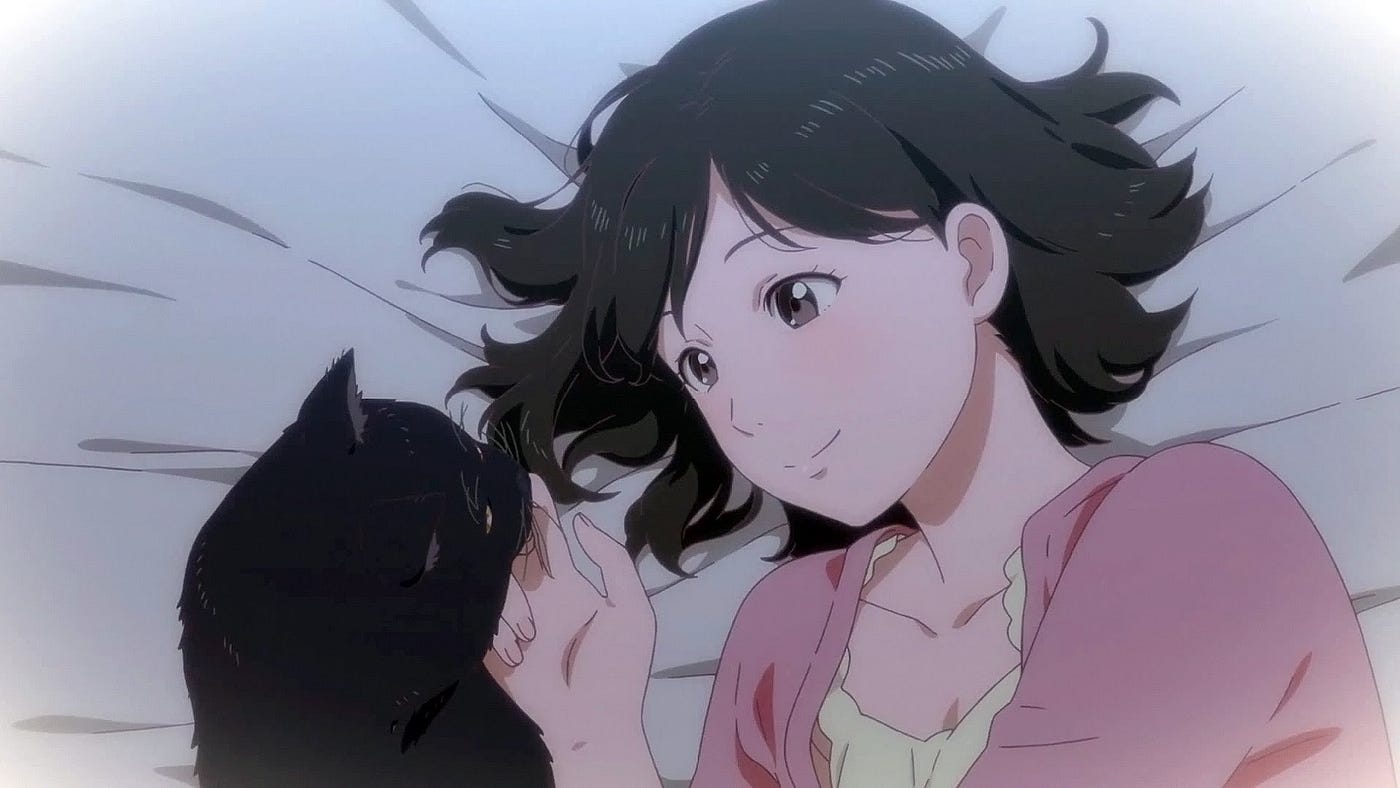
“Gather, feline enthusiasts! Makoto Shinkai’s brief five-minute short expands into a delightful series chronicling the life of Kanojo and her beloved cat Daru. Bound by an unbreakable bond forged over years of companionship, the duo maneuvers life’s ups and downs together.
As Kanojo transitions into adulthood, Daru offers a unique perspective on her everyday struggles, from job hunting to adjusting to changes in their shared routine.
‘She And Her Cat: Everything Flows’ offers a heartwarming ”tail” of the intimacy of human-cat companionship, providing a refreshing twist on the typical cat-centric narrative.”
28) Afro Samurai
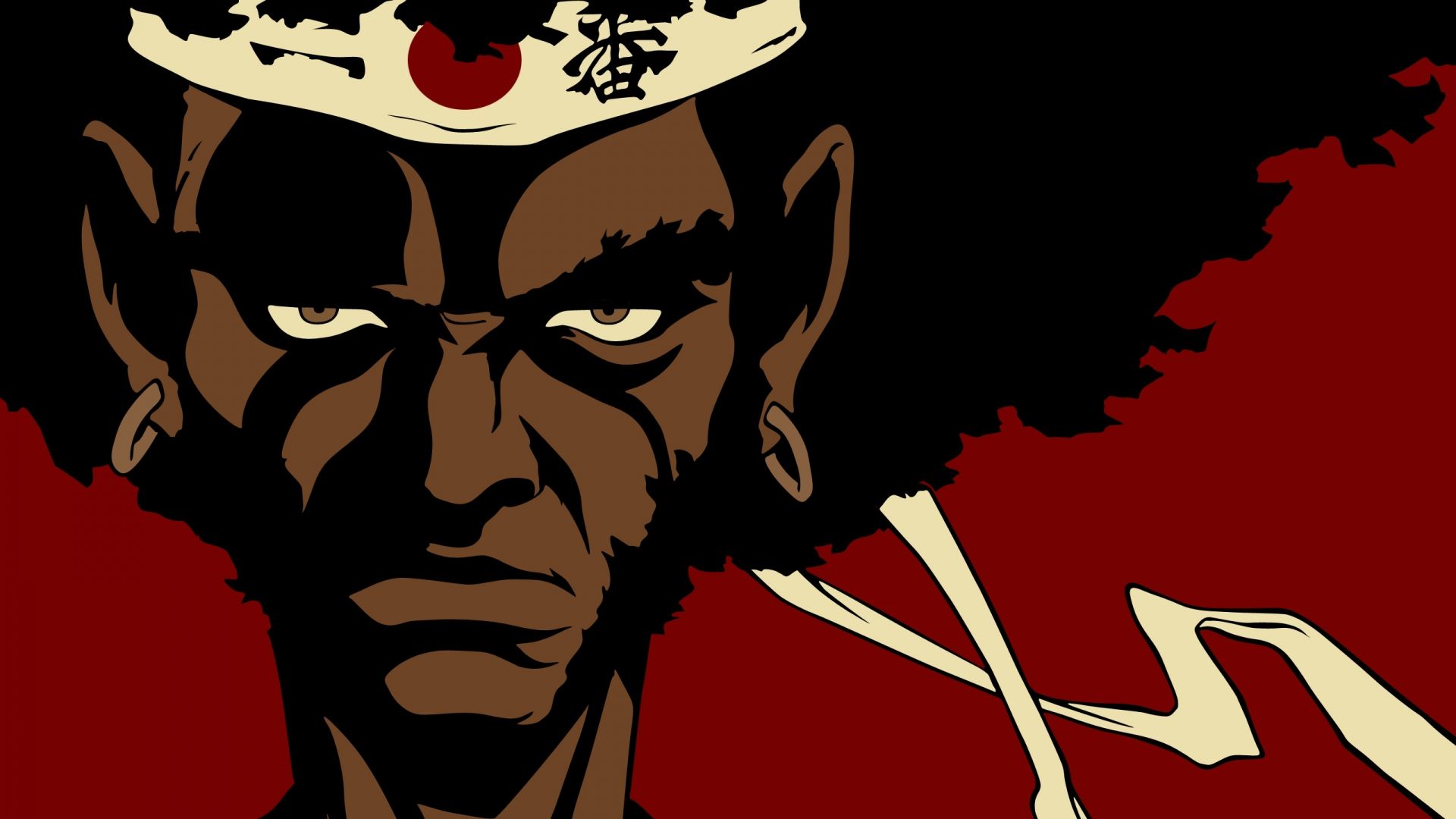
“For action aficionados, ‘Afro Samurai’ is an absolute treat. Set in a feudal Japan, the story follows Afro, who witnesses his father’s defeat in a fierce samurai duel.
Fueled by a thirst for vengeance, Afro heads on a journey to become the greatest samurai, aiming to claim the Number One badge from his father’s victor, Justice.
But to reach his goal, Afro must first overcome countless challengers vying for his coveted Number Two position. Boasting lightning-fast action sequences, a stellar soundtrack, and top-notch animation, ‘Afro Samurai’ delivers a thrilling and immersive viewing experience from start to finish.”
27) Gakuen Handsome
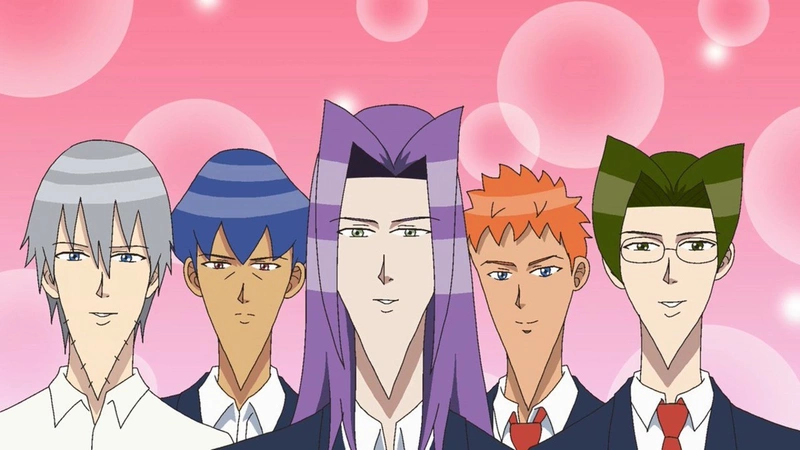
“Yoshiki Maeda finds himself in a whirlwind of eccentricity after transferring to the all-boys Baramon High School. From a peculiar and theatrical homeroom teacher to a childhood friend reappearing after seven years, Yoshiki encounters a cast of quirky characters at every turn.
Amidst the chaos, Yoshiki must deal with the pressures of being the school’s heartthrob, all while his younger sister Yuu revels in the excitement. Join Yoshiki on his journey as he faces the challenges of high school life in this charming and lighthearted series.”
26) No Game No Life
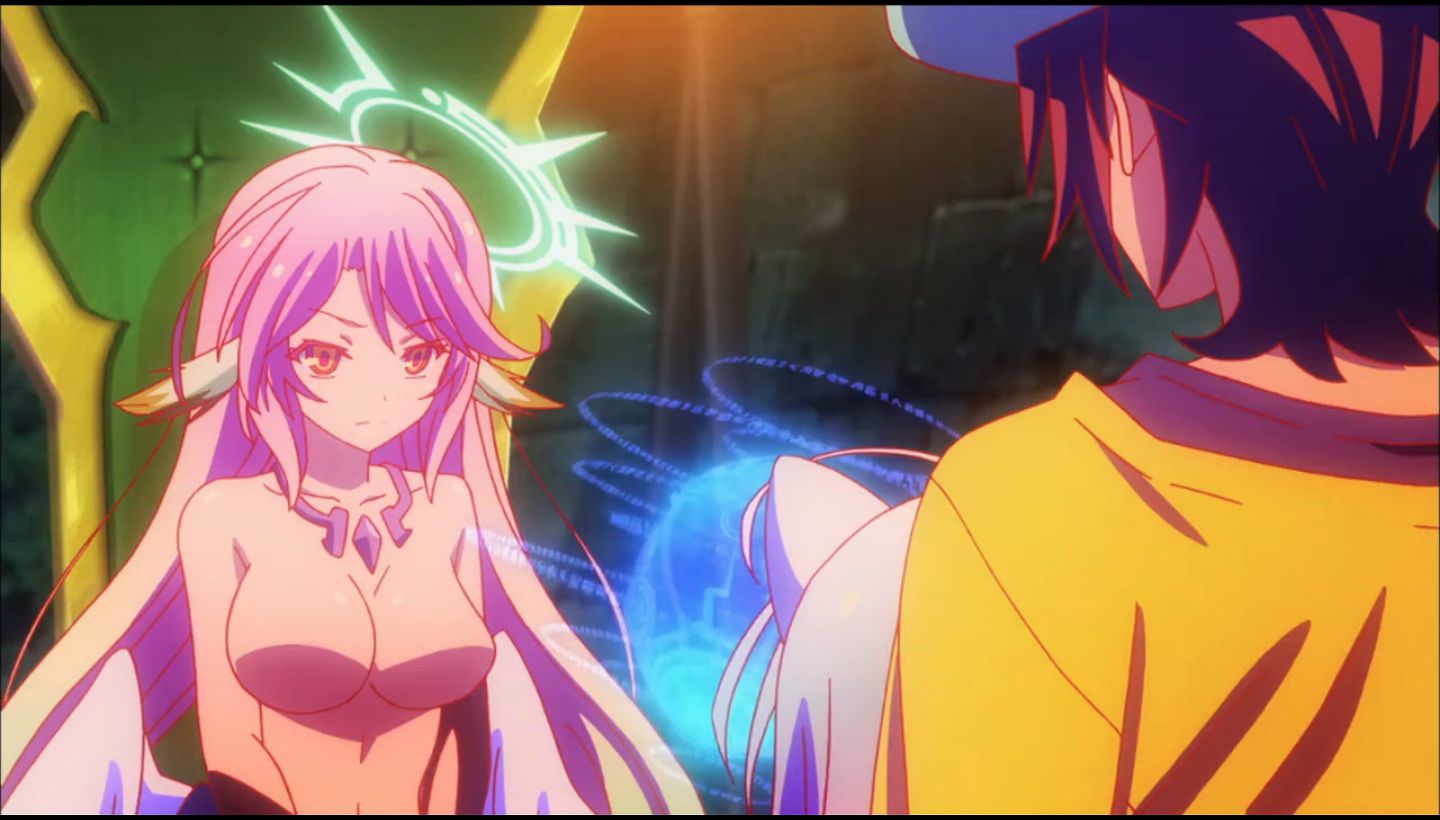
“Sora and Shiro, the ultimate gamer siblings, reign supreme as the top players on Earth. But when they find themselves transported to Disboard, where games determine all outcomes, their skills are put to the ultimate test.
In Disboard, brute force and aggression hold no sway—victory hinges solely on strategic gaming prowess. To return home, Sora and Shiro must face a series of high-stakes challenges, facing off against formidable opponents and ultimately confronting the boss.
No Game No Life is a vibrant and intellectually stimulating anime that blends strategy, fantasy, and humor into a thrilling adventure. Released in 2014 by Madhouse, it is based on the light novel series by Yuu Kamiya. The story follows siblings Sora and Shiro, a legendary gaming duo known as “Blank,” who dominate every game they play. Their skills catch the attention of Tet, the god of games, who transports them to Disboard, a world where everything is decided through games instead of violence.
Sora and Shiro are immediately drawn to this world, as it aligns perfectly with their talents. In Disboard, the Ten Pledges enforce a strict rule system that prevents physical conflict, making intelligence, strategy, and deception the key to victory.
The siblings set their sights on uniting the fractured human race, known as Imanity, and challenging the strongest races to eventually face Tet once again. Their journey is filled with mind games, high-stakes battles, and clever outmaneuvering of powerful opponents.
One of the most striking aspects of No Game No Life is its visual style. The anime uses an intense color palette filled with bright neons, deep contrasts, and glowing pastels, creating a dreamlike and immersive world.
Every scene feels like a painting, with dynamic lighting and vibrant settings that make Disboard feel alive. The unique aesthetic enhances the fantasy element of the series, making it visually unforgettable. The animation also shines during complex game sequences, where the strategic depth is presented with stunning clarity and creativity.
The sibling duo, Sora and Shiro, drive the narrative with their over-the-top confidence and undeniable genius. Sora is the charismatic strategist, excelling in psychological manipulation, while Shiro is a quiet prodigy with unmatched mathematical and computational abilities.
Their bond is unbreakable, and they function as a single entity, relying on each other completely. This dependence is played both for comedy and emotional depth, highlighting their past struggles and the reasons behind their isolation from society.
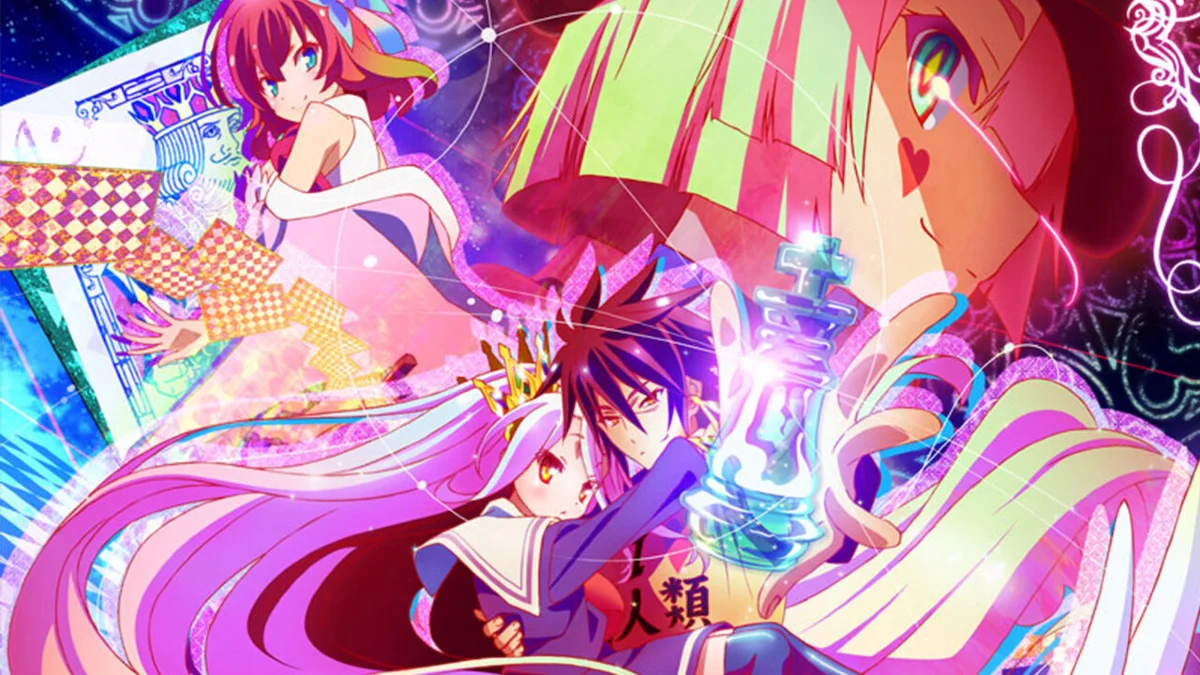
The humor in No Game No Life is another defining feature. The show frequently breaks the fourth wall, mocks common anime tropes, and exaggerates character expressions for comedic effect. Sora and Shiro’s absurd levels of intelligence and arrogance create hilarious interactions, especially when they outwit opponents in ridiculous ways.
The supporting cast, including Stephanie Dola, Jibril, and the Warbeast Izuna, adds variety to the comedy while also bringing their own strengths to the story.
Despite its lighthearted tone, the anime goes into deeper themes. The struggle of Imanity, the weakest race in Disboard, parallels real-world ideas of intelligence, adaptability, and survival. Sora and Shiro’s mission to raise humanity is not just about winning games—it’s about proving that intelligence and strategy can overcome brute strength.
Their victories inspire others, showing that even the weakest can rise with the right mindset.
The strategic depth of the games in No Game No Life is one of its biggest draws. Each game is more than just a simple match; they involve deception, loopholes, psychological warfare, and deep layers of strategy.
From chess matches that become full-scale battles to memory games that test reality itself, the series continuously raises the stakes. The unpredictability of each challenge keeps the tension high, making every episode exciting and engaging.
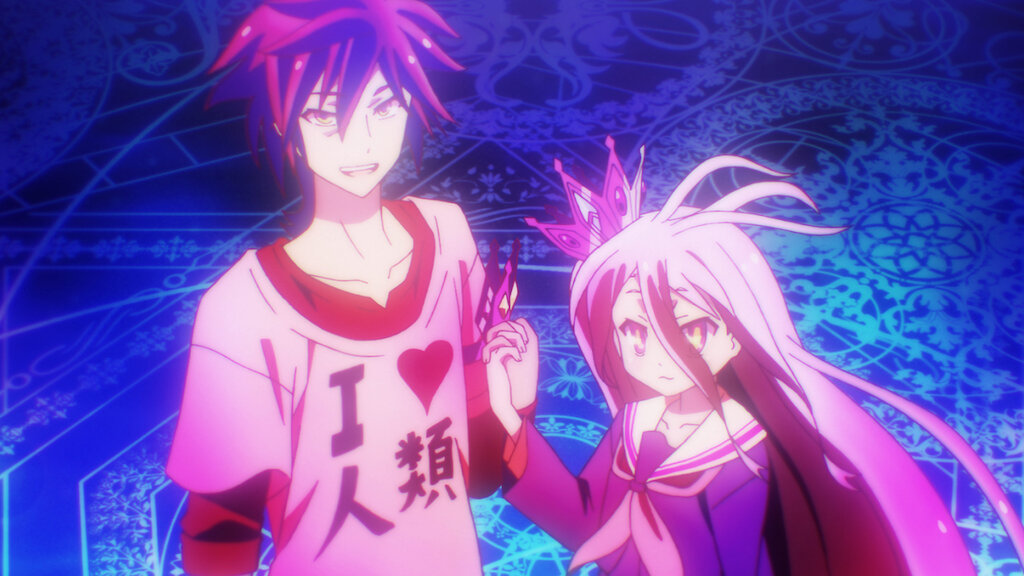
The soundtrack perfectly complements the anime’s intense yet playful atmosphere. The opening theme, “This Game” by Konomi Suzuki, is one of the most iconic anime openings, setting the tone with its energetic beat and powerful visuals.
The background score enhances the dramatic moments, emphasizing both the thrill of victory and the weight of potential defeat. The voice acting, particularly in Japanese, captures the wit and eccentricity of the characters, making their interactions even more entertaining.
One of the few criticisms of No Game No Life is its reliance on fanservice and exaggerated character behavior. Some scenes can feel overly indulgent, particularly with Stephanie Dola, who is often used for comedic embarrassment.
However, these moments never overshadow the core brilliance of the story. The pacing is fast but controlled, ensuring that the plot remains engaging without dragging on unnecessary moments.
The biggest frustration for fans is the lack of a second season. Despite its popularity and the wealth of material available from the light novels, the anime remains incomplete, with only one season and a prequel movie, No Game No Life: Zero. The movie explores the history of Disboard, showcasing a more serious and emotional story about war, sacrifice, and the origins of the current world.
While beautifully executed, it only makes the desire for a sequel even stronger.
No Game No Life is an anime that excels in entertainment, creativity, and intellectual engagement. It delivers a refreshing take on the isekai genre by focusing on games and strategy instead of traditional combat.
Sora and Shiro’s unmatched brilliance, combined with the stunning animation and thrilling mind games, make for an unforgettable experience. The blend of humor, adventure, and high-stakes competition keeps viewers hooked from start to finish.
For those who enjoy smart storytelling, strategic battles, and unique world-building, No Game No Life is a must-watch. It stands out not just for its striking visuals but also for its clever writing and unpredictable plot twists. While the wait for a second season continues, the existing episodes and movie remain a fantastic watch, leaving a lasting impression on fans.
25) Gunbuster
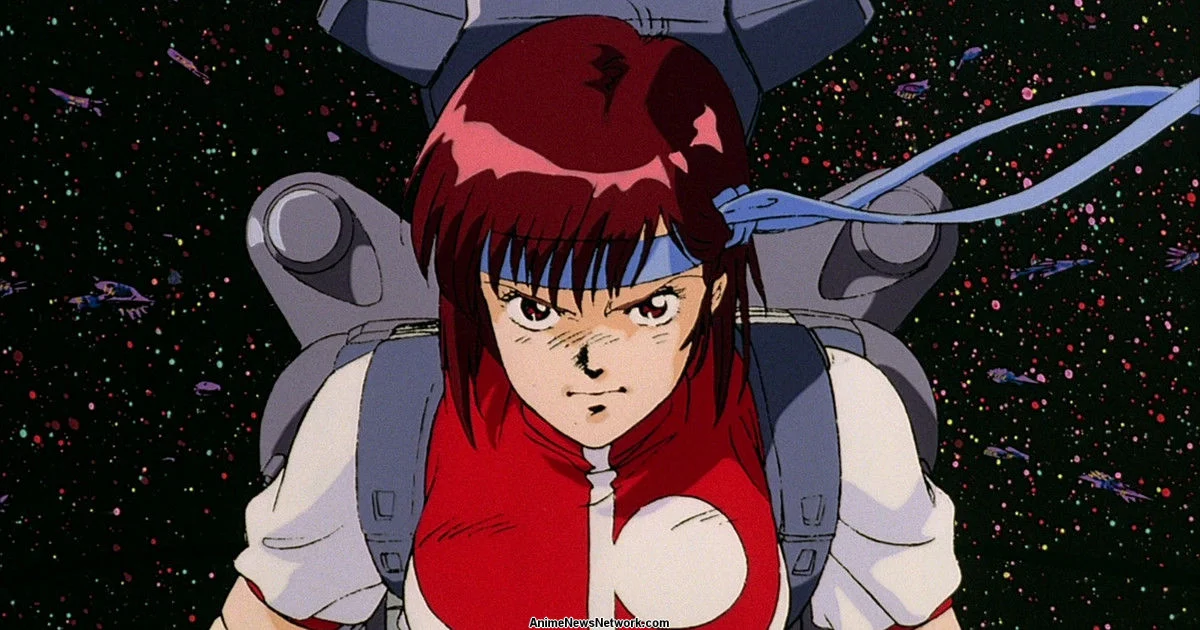
Gunbuster, a six-episode OVA, catapults viewers into a thrilling mecha anime adventure. Following the daughter of a space captain, the series heads into her journey as she pilots a giant robot to defend Earth against an alien invasion.
While initially appearing as a typical space-themed action saga, Gunbuster’s depth and innovation laid the groundwork for Gainax’s iconic Neon Genesis Evangelion.
24) Skull-face Bookseller Honda-san

Meet Honda, the skeleton who shattered the fantasy of owning a quaint bookstore and living the aesthetic life. As a seasoned bookstore owner, Honda knows firsthand that the job entails far more than meets the eye. Forget sipping iced lattes – this is the reality of running a bookstore.
23) Death Parade
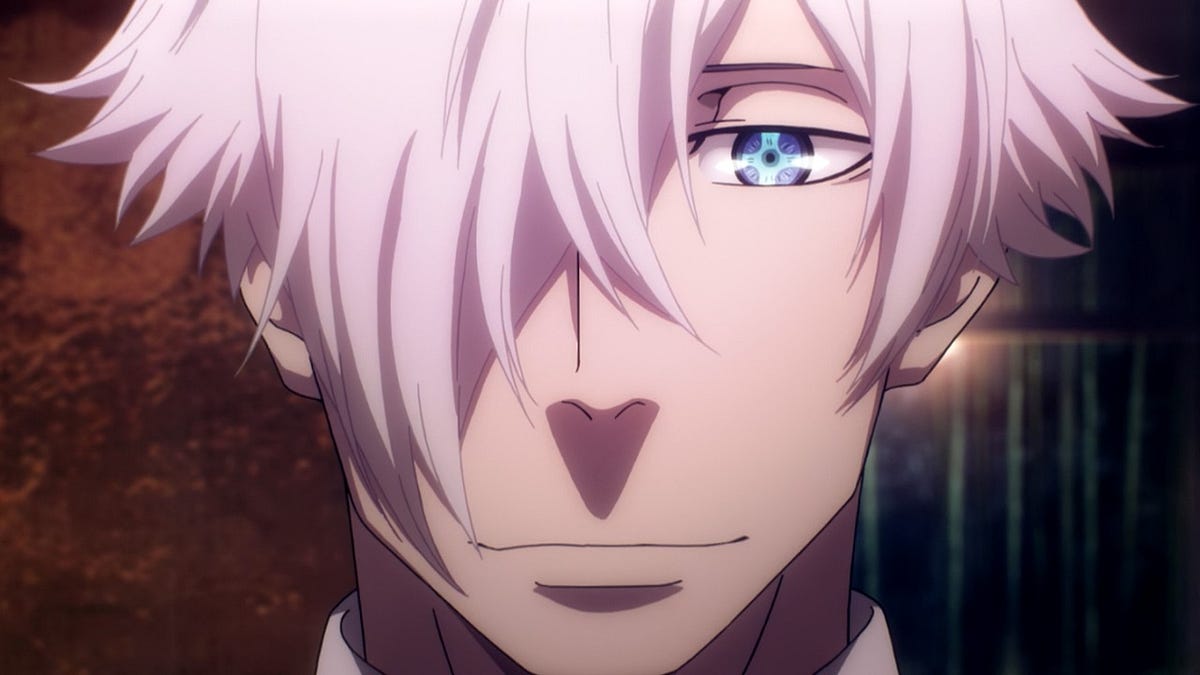
Quindecim in Death Parade is where the afterlife takes an intriguing turn. Instead of the typical Heaven or Hell, souls find themselves in Quindecim bar. Here, Decim, the seasoned bartender, and his keen assistant Chiyuki, orchestrate high-stakes bar games that push souls to expose their innermost truths.
22) Violet Evergarden
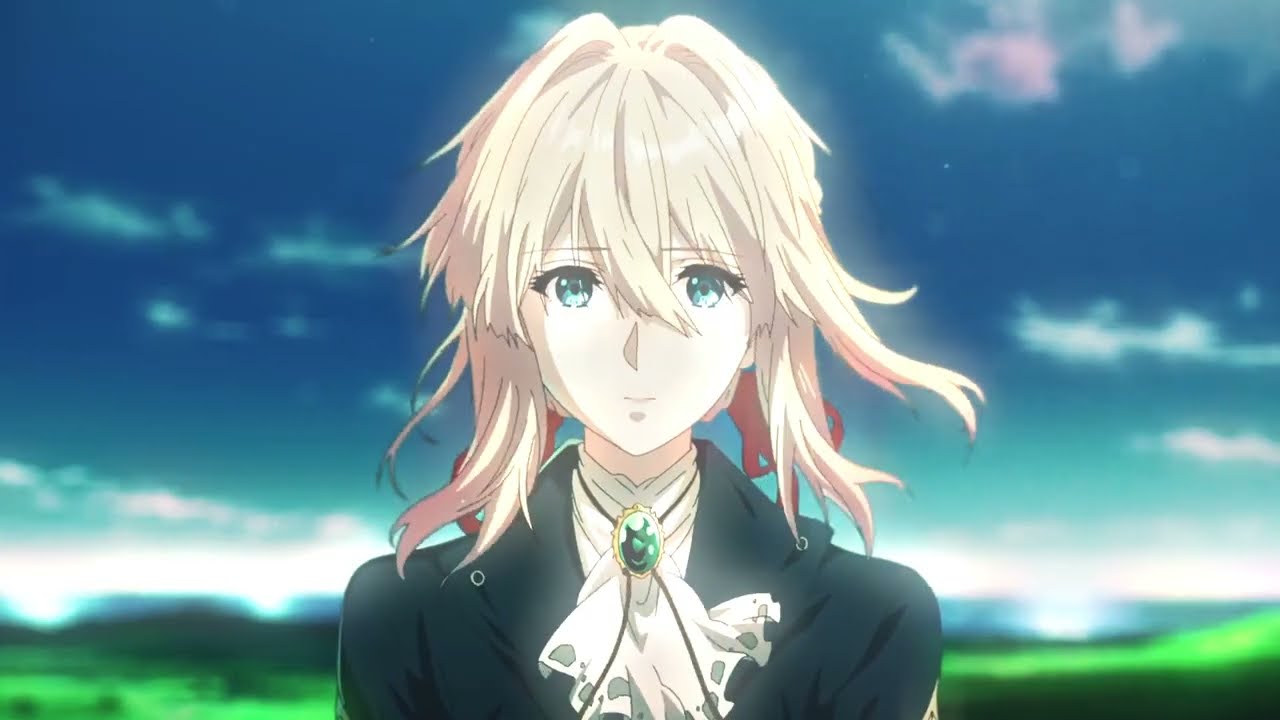
Evergarden, is an anime set in the aftermath of war. The story unfolds in Telesis, a continent still reeling from the echoes of a devastating conflict. At its center is Violet, an artificial creation engineered for warfare.
Yet, as the war fades into memory, Violet seeks solace in a new vocation as an auto Memory Doll. Tasked with helping others process their emotions and memories, she grapples with her own journey of redemption and self-discovery.
Violet Evergarden is a beautifully crafted anime that explores themes of love, loss, and self-discovery. Released in 2018 by Kyoto Animation, it is based on the light novel by Kana Akatsuki. The story follows Violet, a former soldier who was trained solely for battle. After the war ends, she is left with deep emotional scars and a desperate need to understand the meaning of the last words her commanding officer, Major Gilbert Bougainvillea, said to her: “I love you.”
Now working as an Auto Memory Doll—someone who writes letters for others—Violet goes on a journey to help people express their emotions while also trying to understand her own. Through her work, she meets various individuals with different struggles, each letter helping her grow as a person.
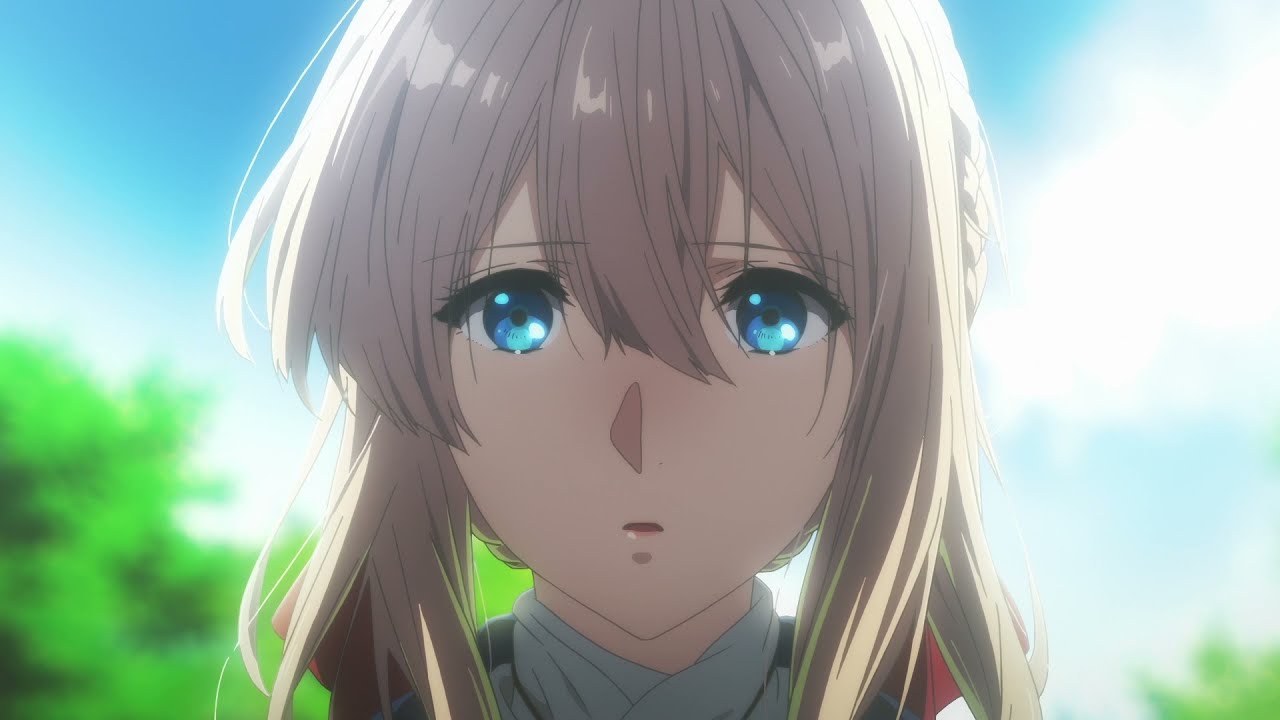
As she learns to translate emotions into words, she begins to uncover what love truly means and how deeply it has shaped her own life.
The anime’s emotional depth is one of its greatest strengths. Violet’s journey is not just about adapting to a post-war world but also about healing from her past trauma. Having been raised as a weapon rather than a person, she struggles with human emotions, making her growth throughout the series incredibly powerful.
Every interaction she has with clients adds another layer to her understanding of love and compassion.
Kyoto Animation’s breathtaking visuals bring Violet Evergarden to life in stunning detail. The backgrounds are vibrant and rich, with every scene meticulously crafted to reflect the emotions at play. From the warm glow of candle-lit letters to the vast blue skies of the countryside, the animation enhances the story’s depth.
Character expressions are subtly detailed, conveying emotions even in moments of silence, making every scene feel immersive and heartfelt.
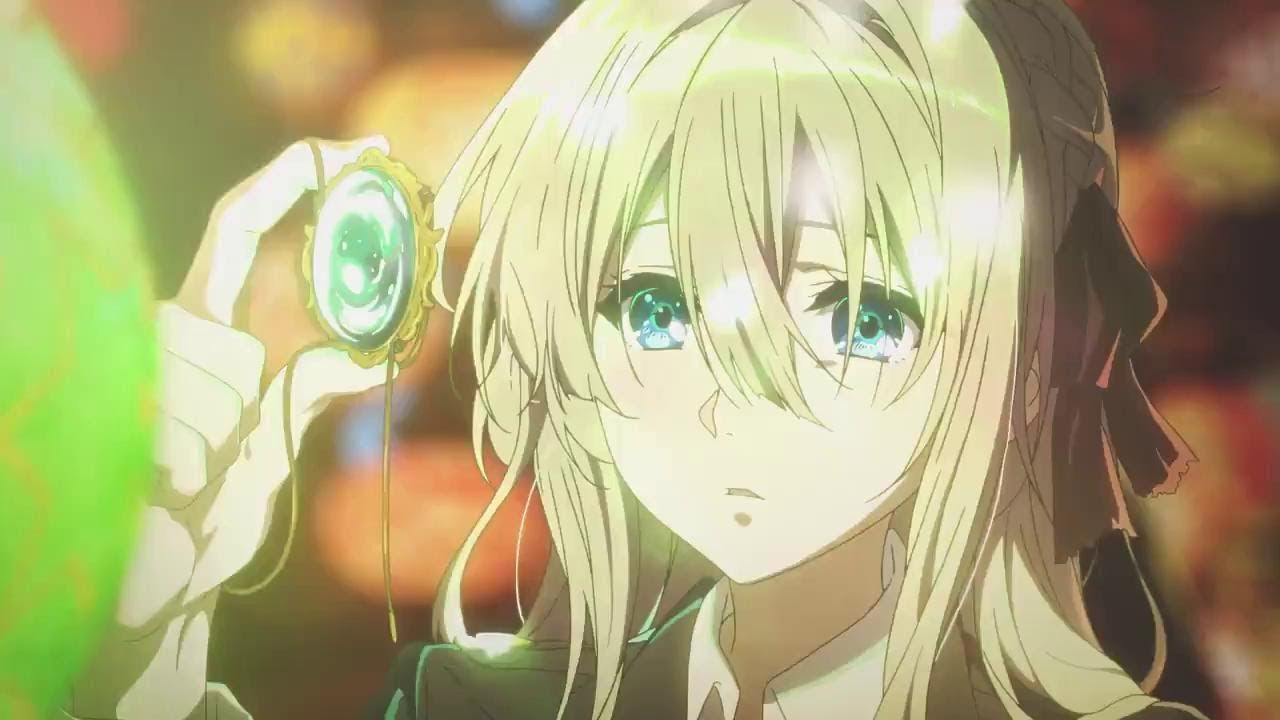
The soundtrack is another highlight, perfectly complementing the anime’s emotional storytelling. Composed by Evan Call, the music blends soft piano melodies with sweeping orchestral arrangements, heightening the impact of each moment. T
he opening theme, “Sincerely” by TRUE, and the ending theme, “Michishirube” by Minori Chihara, set the tone for the series, evoking a sense of nostalgia and longing. The music plays a crucial role in building the atmosphere, making emotional scenes even more powerful.
Each episode of Violet Evergarden tells a unique, self-contained story while contributing to Violet’s overall growth. Whether she is helping a playwright reconnect with his deceased daughter or assisting a terminally ill mother in writing letters for her child, every episode is packed with emotion.
These stories not only expand Violet’s understanding of human feelings but also resonate deeply with viewers, often leaving a lasting impact.
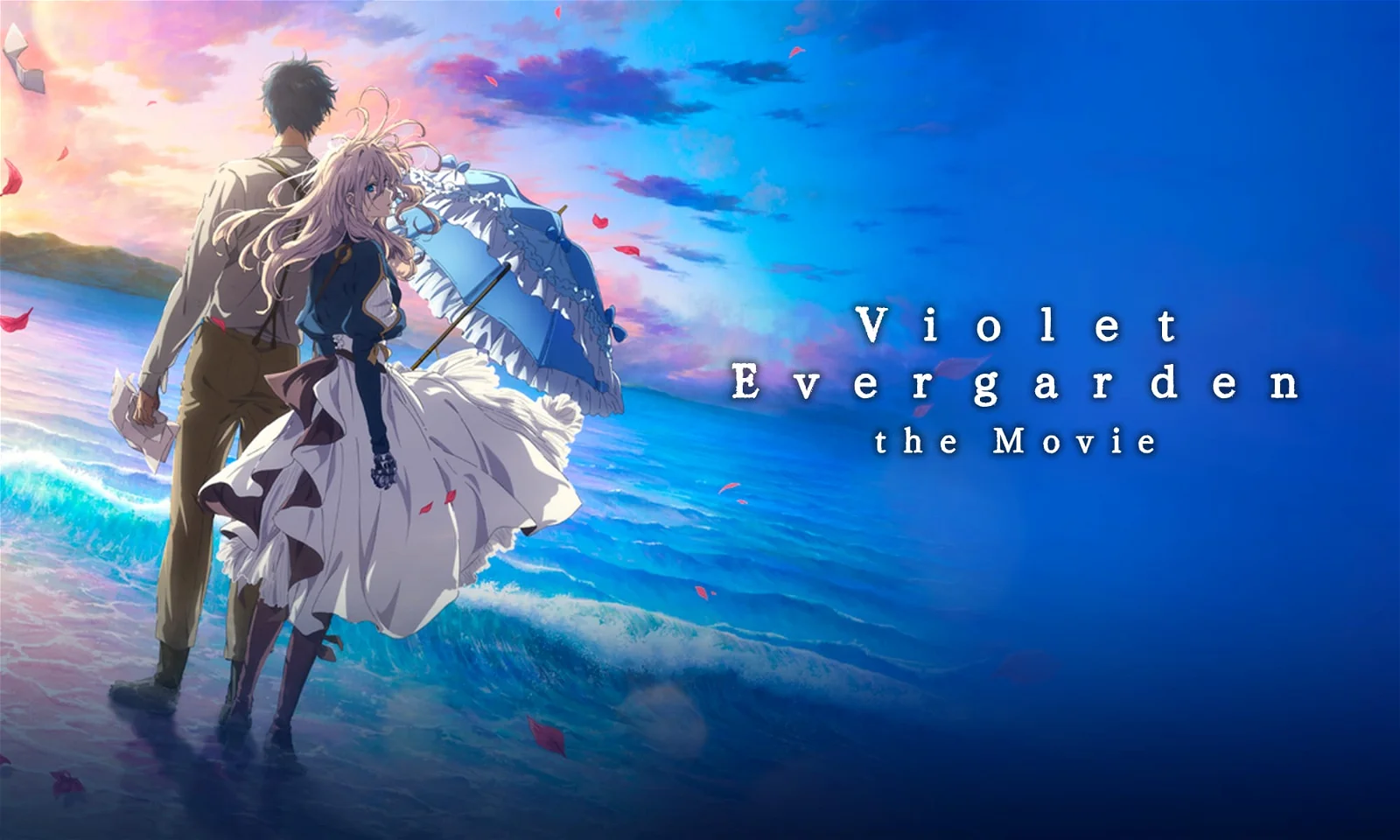
One of the most emotional arcs revolves around Violet confronting her own past. As she learns more about Major Gilbert’s fate, she is forced to face the pain she has long suppressed. Her realization of what love means and her acceptance of loss make for some of the most heart-wrenching yet beautiful moments in anime. The series doesn’t rush this process, allowing Violet’s emotions to develop naturally over time.
Despite its emotional weight, Violet Evergarden balances its themes with moments of warmth and hope. The friendships Violet forms with her colleagues at the CH Postal Company provide lighthearted interactions that contrast with the heavier moments.
Characters like Claudia Hodgins, her mentor, and Cattleya Baudelaire, a fellow Doll, play crucial roles in guiding her toward understanding her emotions. Their support helps Violet find her own path beyond the battlefield.
The anime also explores the impact of war beyond the battlefield. Many of the clients Violet meets are struggling with grief, regret, and the scars left behind by conflict. Their stories highlight different aspects of love—romantic, familial, and platonic—showing how it can both heal and hurt. Violet’s growth mirrors the healing process of those she helps, reinforcing the idea that even in loss, love endures.
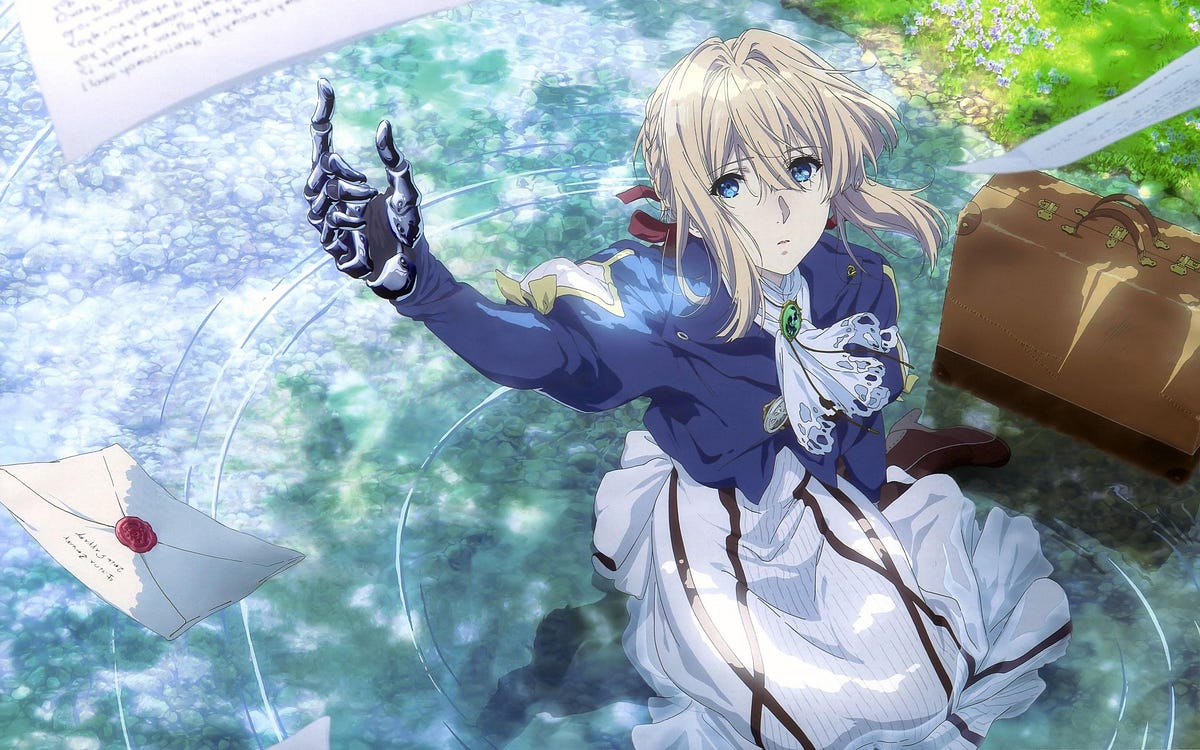
Violet Evergarden’s finale is both bittersweet and satisfying. By the end of her journey, Violet has learned to express her emotions and understand the weight of the words “I love you.” While not all questions are answered, the conclusion leaves room for interpretation, allowing viewers to reflect on Violet’s growth.
The follow-up movie, Violet Evergarden: The Movie, provides further closure, delivering a deeply emotional and visually stunning conclusion to her story.
Violet Evergarden is a masterpiece of storytelling, emotion, and animation. It is a deeply moving experience that explores the complexities of love and human connection in a way few anime do.
Whether you are drawn to its breathtaking visuals, touching character development, or heartfelt themes, it is a must-watch for anyone who appreciates a beautifully told story. The series lingers in the heart long after the final scene, making it one of the most unforgettable anime ever created.
21) Angel Beats
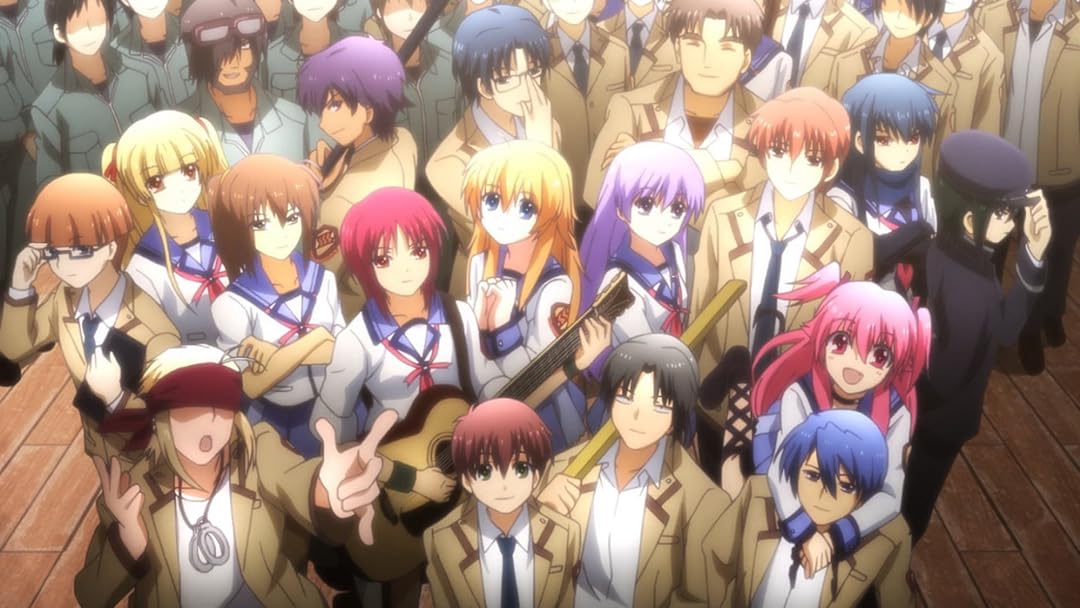
In just 13 episodes, Angel Beats! delivers an emotional rollercoaster like no other. Meet Yuzuru Otonashi, a 17-year-old thrust into a wild universe after death, devoid of memories but driven by purpose.
Alongside 14 other characters, Otonashi starts a poignant journey through an unconventional school setting. Together, they form the Afterlife Battlefront, a ragtag group determined to challenge the oppressive rule of the school officials.
Their mission: to confront Angel, the figure at the heart of their struggle, and uncover the answers they seek in unexpected places.
20) 91 days

In the Prohibition era of the United States, 91 Days spins a tale of vengeance and betrayal. Avilio Bruno, once known as Angelo Lagusa, returns to his hometown of Lawless seven years after fleeing the tragic murder of his family.
Armed with a new identity and a burning desire for revenge, Avilio infiltrates the Vanetti mafia family, responsible for his family’s demise. His plan? To dismantle the very organization that tore his life apart.
Alongside Nero, the boss’ son, Avilio journeys the treacherous Prohibition-era America, uncovering dark secrets and plotting his vengeance with meticulous precision.
19) Terror In Resonance
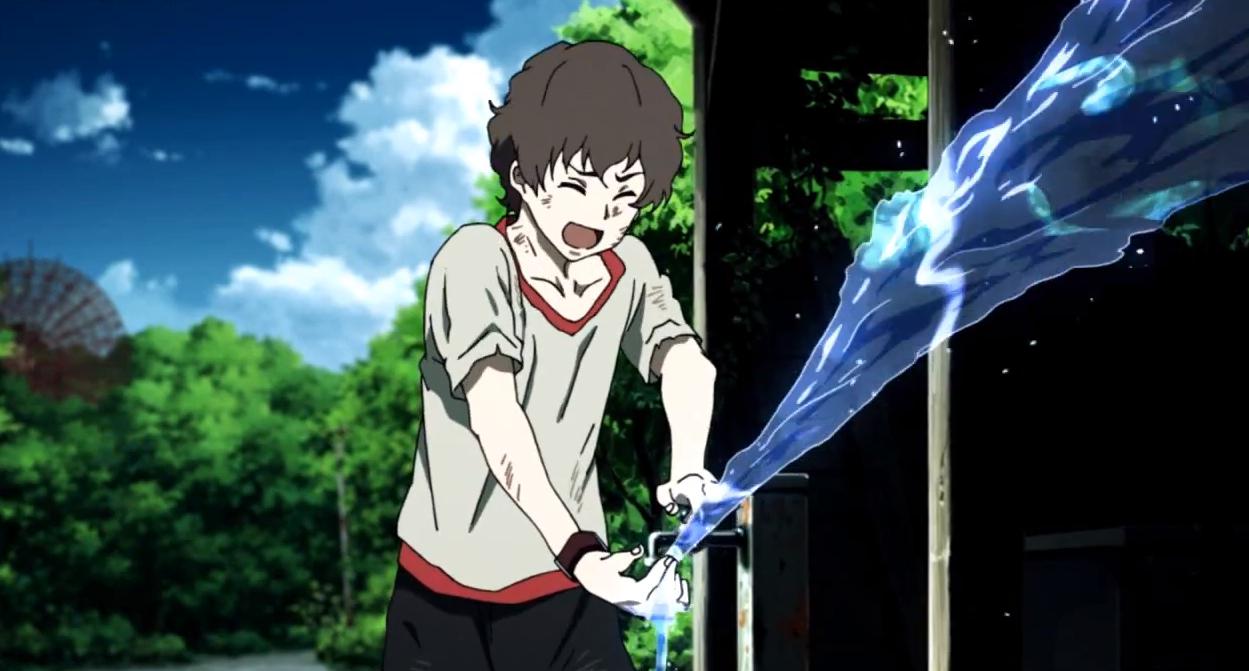
In a dystopian Tokyo, a shadow of fear looms after a terrorist attack leaves only the cryptic mark ‘VON’. As chaos ensues, two youths, Nine and Twelve, emerge as ‘Sphinx’, challenging authority with calculated precision. While their actions unsettle society, their true aim is not destruction but revolution.
Driven by a desire to dismantle a corrupt regime, they travel a perilous path, confronting themes of disillusionment and the quest for a brighter tomorrow. Crafted by the director of Cowboy Bebop and Samurai Champloo, Terror in Resonance is a gripping tale of deception and the power of hope amidst darkness.
18) Elfen Lied
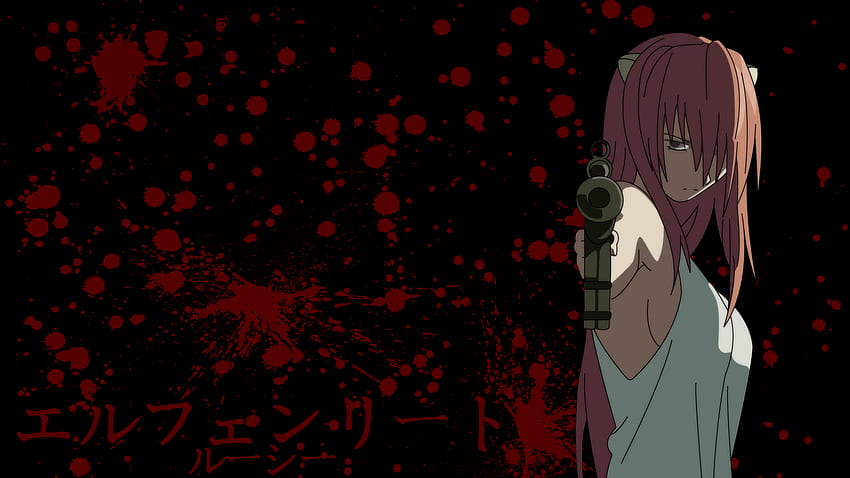
Elfen Lied deals with the plight of mutant humans subjected to cruel experiments by the government. Lucy, a Diclonius with extraordinary powers, escapes confinement but loses her memory and speech abilities. Despite her murderous instincts, she forms an unlikely bond with college students Kouta and Yuka.
Their intertwined fates unfold in a dark narrative of madness and tragedy, echoing themes of amorality. With its gripping storyline, Elfen Lied’s influence extends even to Netflix’s Stranger Things, drawing parallels to its haunting tale.
17) Yuri!!! On Ice
Yuri!!! On Ice isn’t just your typical sports anime; it’s a tale that ignites a fire within you, leaving a lasting impression. It centers around Yuri Katsuki, a figure skater who’s lost his passion for the sport.
However, everything changes when a video of him mimicking Victor Nikiforov’s routine goes viral, catching the attention of the skating legend himself. With Victor as his mentor, Yuri rediscovers his determination and dedicates himself to training.
Their journey unfolds with each step on the ice, showcasing not only their bond but also Yuri’s pursuit of his dreams and the potential for greatness.
16) Paranoia Agent
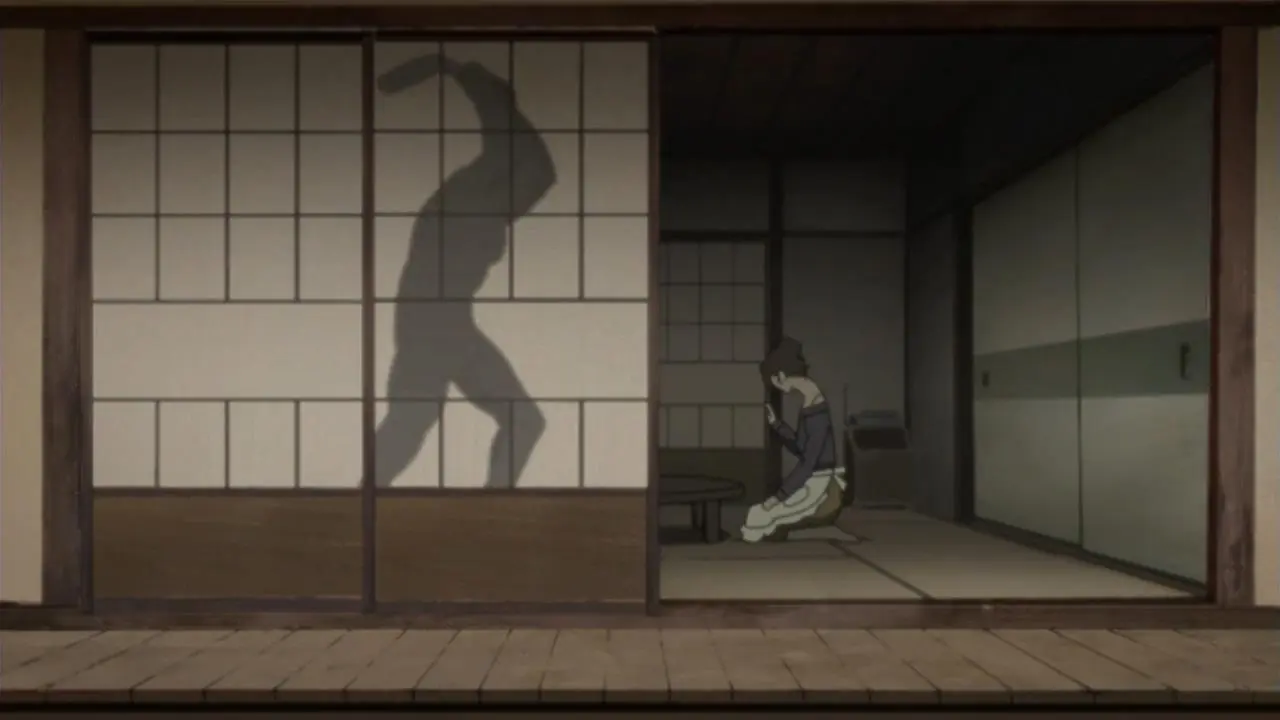
Paranoia Agent takes viewers on a surreal journey into the depths of the human psyche, delving into subconscious fears and societal vulnerabilities. The figure known as Shounen Bat (Lil’ Slugger) wreaks havoc in Musashino City with his golden bat, leaving a trail of terror in his wake.
Initially dismissed as manifestations of anxiety, the attacks escalate, prompting detectives Keiichi Ikari and Mitsuhiro Maniwa to reveal the mystery. As they head deeper, they confront unsettling truths about the human condition, making Paranoia Agent a chilling discovery of the darker corners of the mind.
15) Kids On Slope
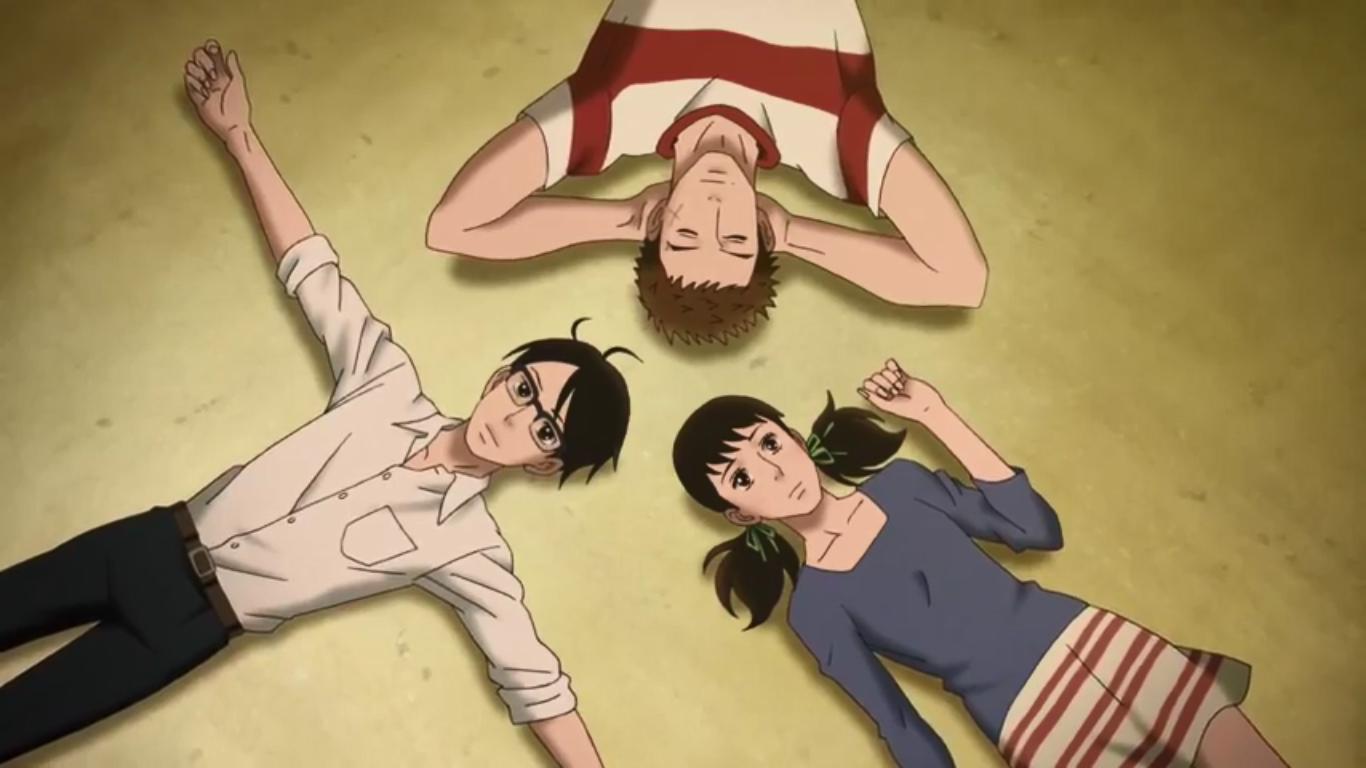
If you’re seeking a cozy anime with a charming vibe, Kids on Slope might just hit the spot. This heartfelt tale follows Kaoru Nishimi, a newcomer to Kyushu High School, struggling to fit in due to his nomadic upbringing.
But everything changes when he crosses paths with the lively Sentarou Kawabuchi and the kind-hearted Ritsuko Mukae. United by their love for music, Kaoru discovers a newfound passion for jazz, inspired by Sentarou’s infectious enthusiasm.
14) Ghost Hunt
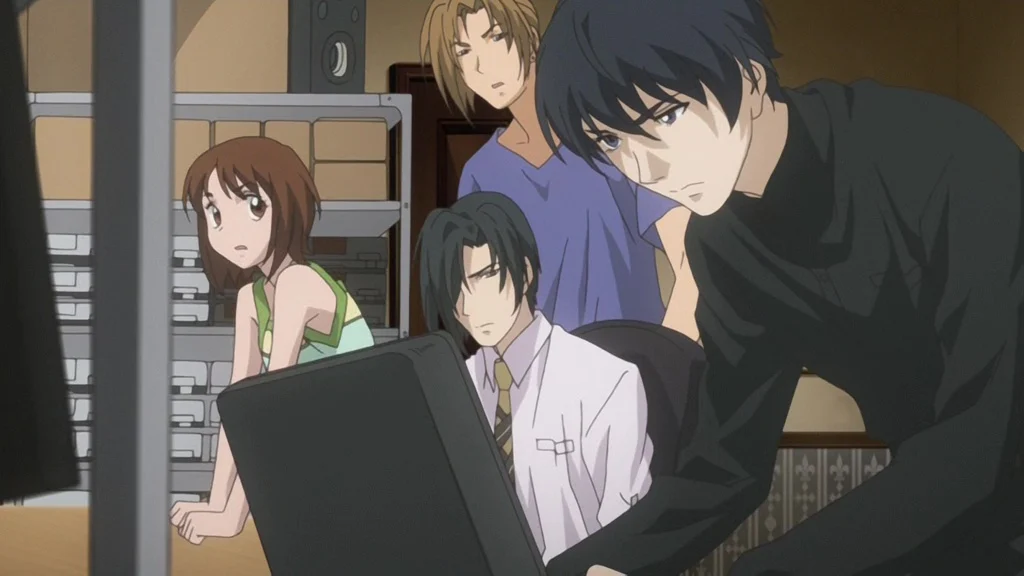
Finding the right balance between horror and humor isn’t easy, but Ghost Hunt nails it in its concise 25-episode run. Each episode presents a fresh ghost-hunting case, drawing inspiration from real-life stories and theories.
The cast, including a researcher, monk, priest, and high school girl, may seem mismatched at first, but their unique skills and personalities blend seamlessly as they tackle supernatural mysteries.
When Mai Taniyama accidentally wrecks ghost-hunting gear, she ends up working for Kazuya Shibuya, leading her to discover her own latent psychic abilities.
13) Barakamon

Barakamon weaves a heartfelt journey of self-discovery amidst its slice-of-life charm. Following the story of calligraphist Sei Handa, the series mentions themes of growth and redemption. Sei’s journey begins with a clash of egos, leading to his retreat to the tranquil Goto Islands.
There, amid the quirky locals and spirited Naru Kotoishi, Sei learns valuable lessons about humility and authenticity. Through laughter and reflection, he sheds his arrogance and finds his artistic voice, discovering the true meaning of his craft.
As Sei understands the challenges of adulthood, Barakamon delivers poignant insights into life’s complexities.
12) Dororo
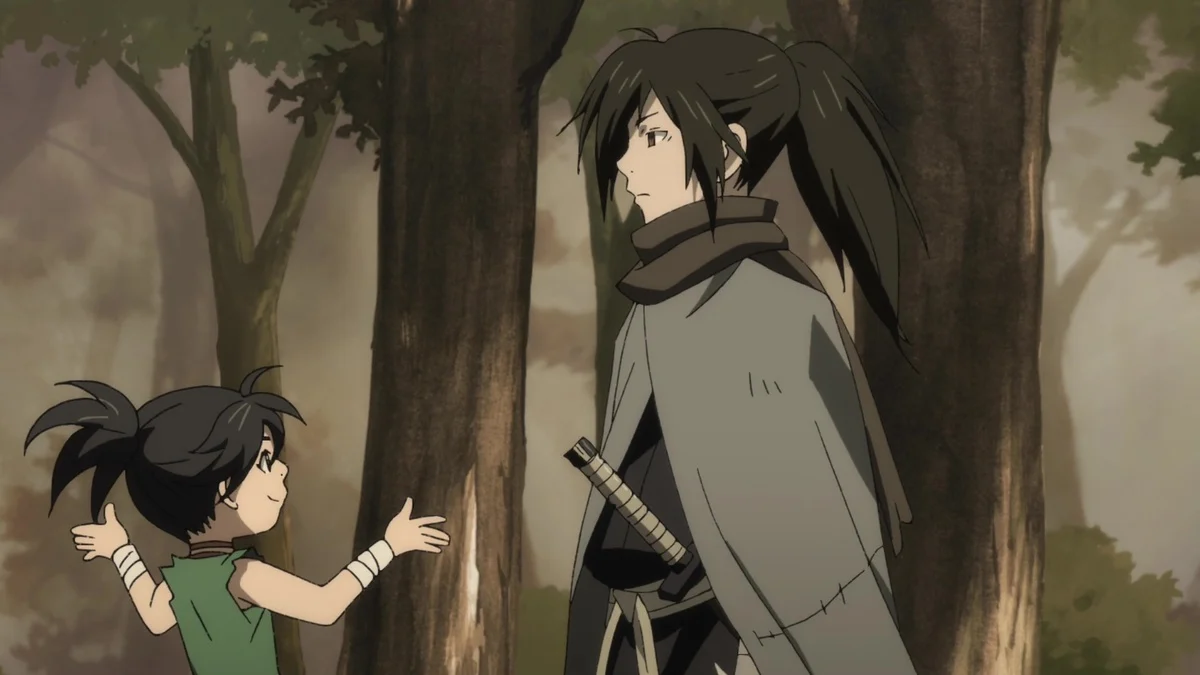
Introducing newcomers to anime, Dororo stands as a timeless masterpiece from the legendary Osamu Tezuka, beautifully revived by MAPPA. With roots dating back to 1969, this gripping tale unfolds against the backdrop of feudal Japan, where the protagonist, Hyakkimaru, faces a life haunted by death’s shadow.
Sacrificed by his own father to demons, Hyakkimaru heads on a relentless quest to reclaim his stolen body parts. Along the way, he encounters Dororo, a spirited companion who joins him on his perilous journey.
Through its dark and gritty themes, Dororo charms audiences with its compelling narrative and rich character development, offering an insight into the depths of human resilience and redemption.
10) Monthly Girls’ Nozaki-Kun
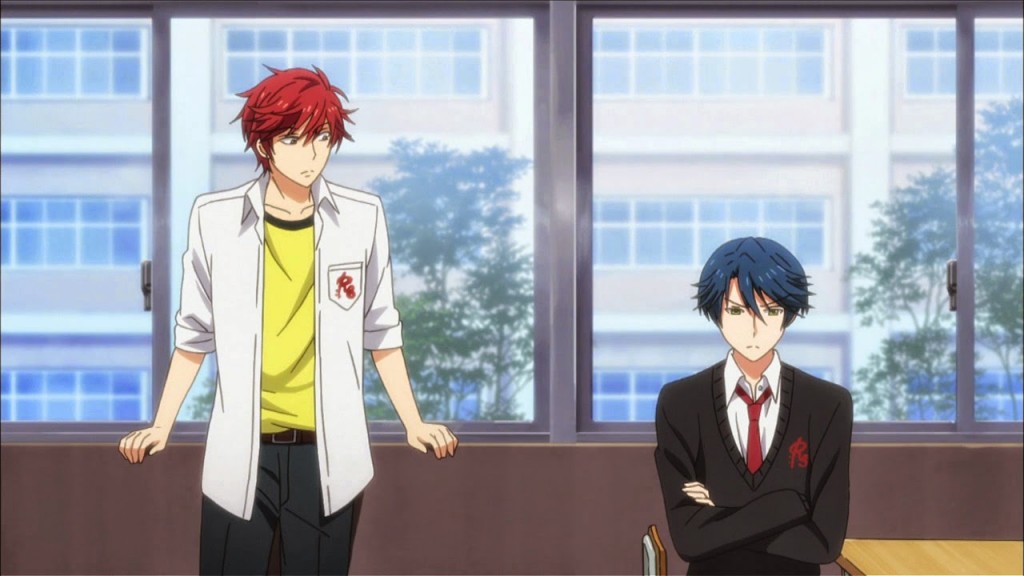
Monthly Girls’ Nozaki-kun spins a delightful rom-com yarn centered around Chiyo Sakura’s attempts to confess her feelings to her crush, Umetarou Nozaki. However, her plans take an unexpected turn when she inadvertently becomes his manga assistant.
Filled with witty humor, endearing characters, and peaks into the manga industry, this series offers a charming blend of slice-of-life antics and heartfelt moments that will leave viewers both laughing and touched.
10) One Punch Man
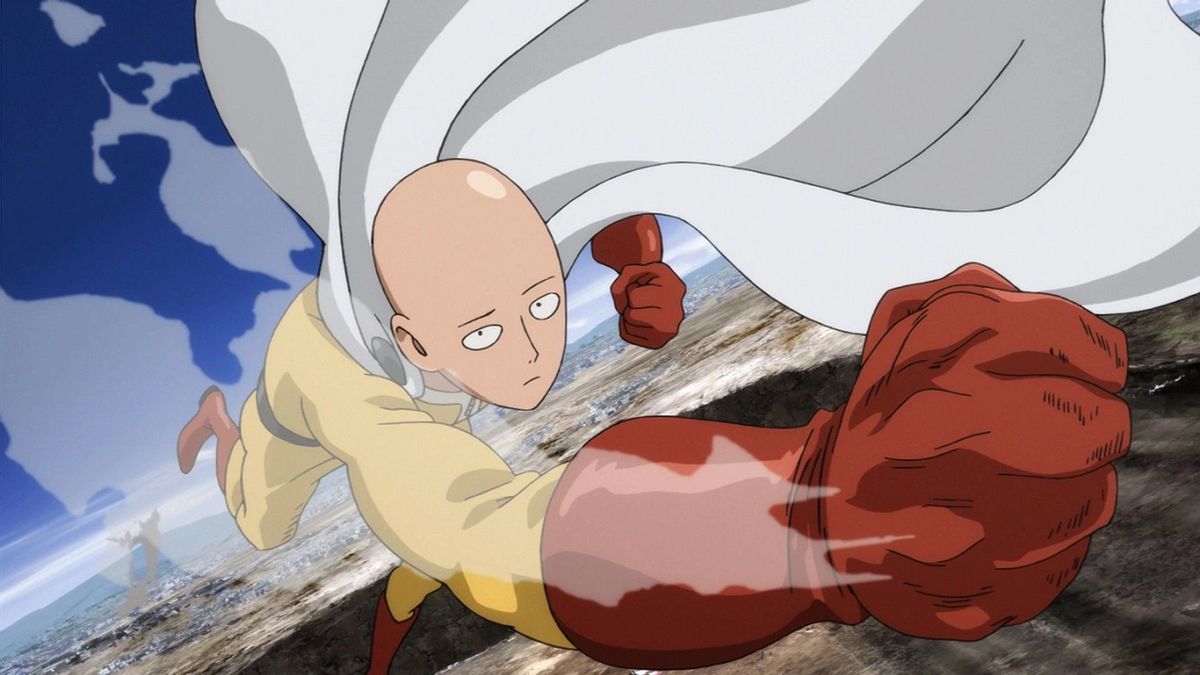
When you blend superhero strength with Deadpool-style humor, you get One Punch Man. This anime packs a punch with its blend of comedy and action across just 12 episodes.
Meet Saitama, an average guy turned superhero after intense training. Armed with unbeatable strength, he can take down any foe with a single punch. It’s the perfect pick for newcomers craving action and laughs.
One Punch Man is a standout anime that blends action, comedy, and satire into a unique superhero story. Adapted from the webcomic by ONE and later illustrated by Yusuke Murata, the series follows Saitama, an overpowered hero who can defeat any enemy with a single punch.
Despite his immense strength, he struggles with boredom and the lack of a real challenge. His journey is both hilarious and thrilling, as he navigates a world filled with absurd villains, over-the-top battles, and a flawed hero ranking system.
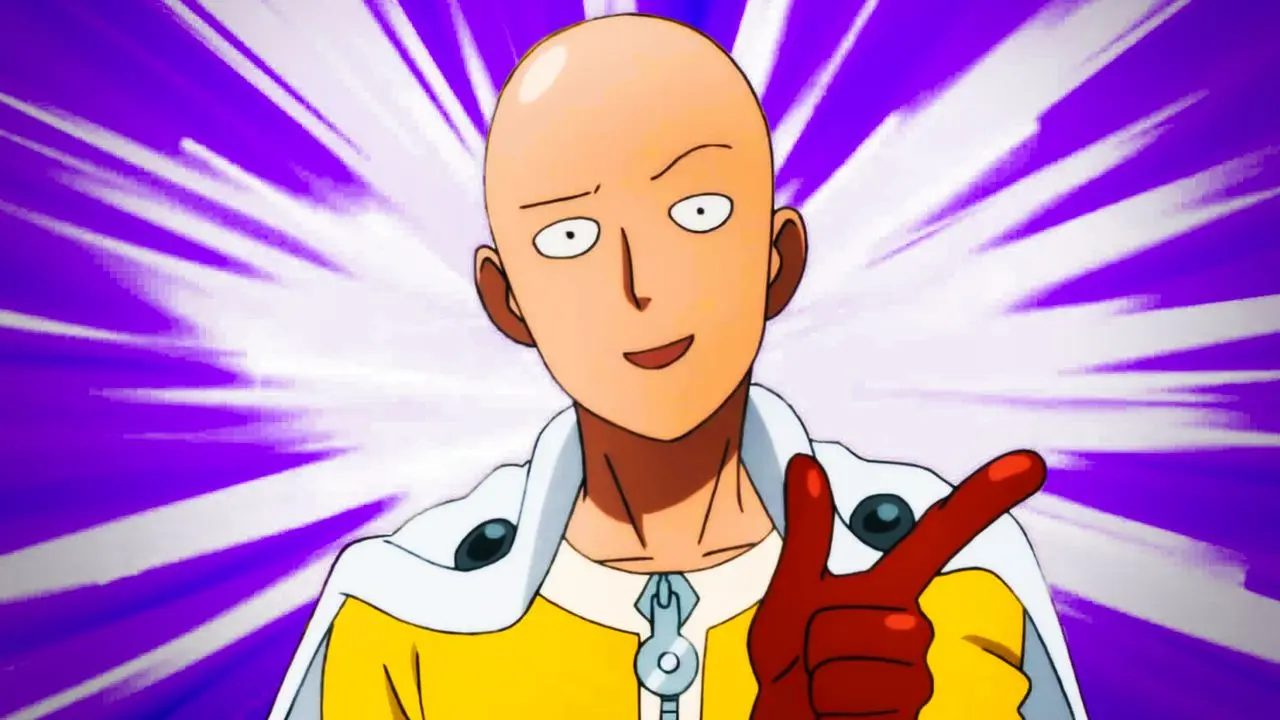
Saitama’s character is refreshingly different from traditional anime protagonists. Unlike heroes who train to become stronger, he has already reached the peak of his abilities. His deadpan reactions and nonchalant attitude toward threats contrast with the dramatic stakes often found in superhero stories.
His daily life, from grocery shopping to dealing with mundane problems, adds to the humor. Yet, beneath the comedy, the series subtly explores themes of purpose, recognition, and the meaning of strength.
The animation quality, especially in the first season by Madhouse, is top-tier. The action sequences are fluid, fast-paced, and visually stunning, capturing the sheer scale of destruction Saitama can unleash. His fights often end in an instant, but the buildup and reactions of other characters make them exciting. The second season, handled by J.C. Staff, had noticeable animation differences, but the core appeal of the story remained intact. The humor and satire on superhero tropes continued to shine, keeping the series engaging.
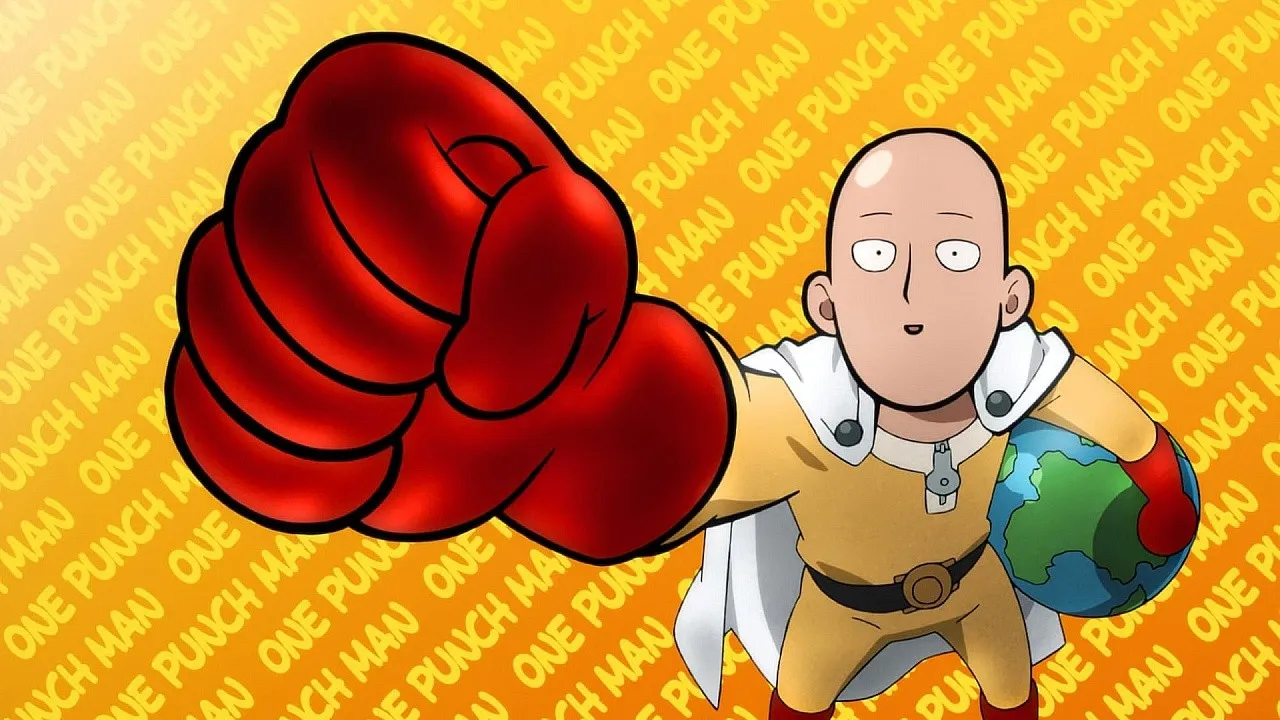
One Punch Man also introduces a vast array of heroes and villains, each with their own unique abilities and personalities. Genos, Saitama’s devoted cyborg disciple, serves as a perfect contrast to his master’s laid-back attitude.
The Hero Association, with its flawed ranking system, adds an interesting dynamic as heroes compete for recognition and status. Characters like Speed-o’-Sound Sonic, Mumen Rider, and Bang bring depth to the world, showcasing different perspectives on heroism and power.
The show’s humor is one of its strongest aspects. It expertly plays with expectations, often setting up dramatic moments only to subvert them with Saitama’s effortless victories. His complete lack of struggle makes for a refreshing take on the typical power progression found in shonen anime. The exaggerated reactions from other characters, especially when they realize how powerful he is, add to the comedic effect.
Despite its comedic nature, One Punch Man doesn’t shy away from exploring deeper themes. Saitama’s existential crisis over his unmatched strength highlights the idea that limitless power doesn’t necessarily bring happiness. Many characters, including Genos and other heroes, are driven by ambition, revenge, or the desire to prove themselves. The contrast between their struggles and Saitama’s effortless wins makes the story more than just a parody—it’s also a commentary on heroism and fulfillment.
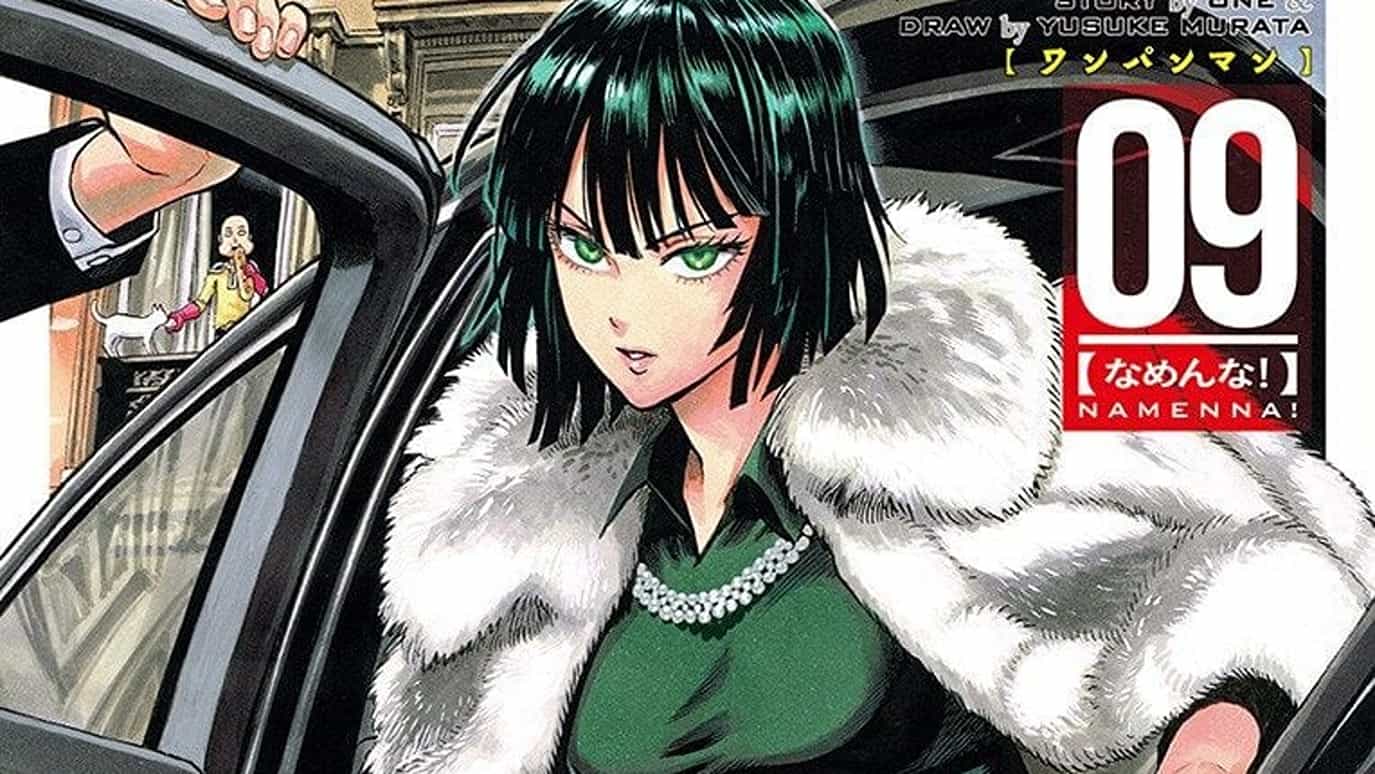
The villains in One Punch Man are as exaggerated as the heroes, often having ridiculous motivations and designs. Some, like Vaccine Man and Mosquito Girl, are played for laughs, while others, like Boros and Garou, offer genuine threats. Boros, the final antagonist of season one, is one of the few who can survive multiple hits from Saitama, leading to one of the most visually spectacular fights in anime. Garou, introduced in season two, provides a more complex and morally gray antagonist, challenging the definition of a hero and villain.
The series also excels in world-building. The Hero Association, city divisions, and constant monster threats create a structured setting that feels both ridiculous and well-developed. The power hierarchy, with S-class heroes at the top and C-class struggling for relevance, adds interesting conflicts.
Heroes like King, who is feared but secretly powerless, and Mumen Rider, who has no abilities but endless determination, showcase different takes on heroism, making the world feel diverse and layered.
One Punch Man’s soundtrack complements its tone perfectly. The opening theme, “The Hero!!” by JAM Project, is an energetic and fitting anthem that hypes up every episode. The background score adds intensity to battles while also enhancing comedic moments. T
he voice acting, both in Japanese and English, captures the humor and personality of each character, particularly Saitama’s monotone delivery, which contrasts hilariously with the dramatic stakes surrounding him.
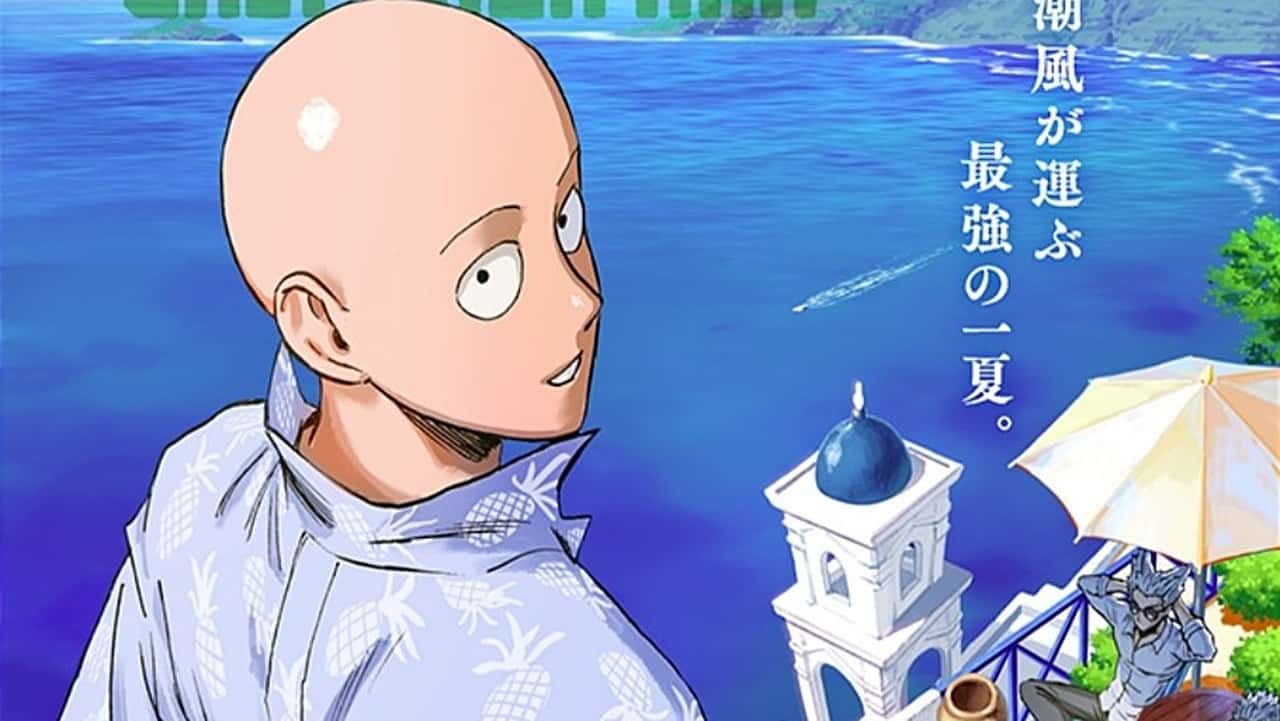
The anime’s pacing keeps things engaging, blending episodic battles with overarching storylines. The first season, focusing on Saitama’s introduction and his encounter with Boros, is tightly structured and well-received.
The second season shifts focus to the rise of Garou and the growing monster threats, setting up even bigger conflicts. While some fans felt the animation quality dipped in season two, the story itself remained compelling, and the anticipation for future arcs continues to grow.
One of the biggest appeals of One Punch Man is its rewatch value. The mix of stunning fights, clever humor, and sharp writing makes it easy to revisit. Saitama’s simple yet entertaining personality, combined with the variety of quirky heroes and villains, ensures that every episode remains engaging. Even after knowing the outcomes, the comedic timing and exaggerated reactions make it fun to experience again.
One Punch Man is a must-watch for both anime fans and newcomers. It offers a perfect mix of action, humor, and satire, turning superhero tropes on their head while still delivering incredible fights and engaging characters. Saitama’s journey, despite being absurdly overpowered, remains surprisingly relatable, making the show more than just a parody. Whether you watch it for the action, the comedy, or the deeper themes, it’s an anime that delivers on all fronts.
9) Steins Gate
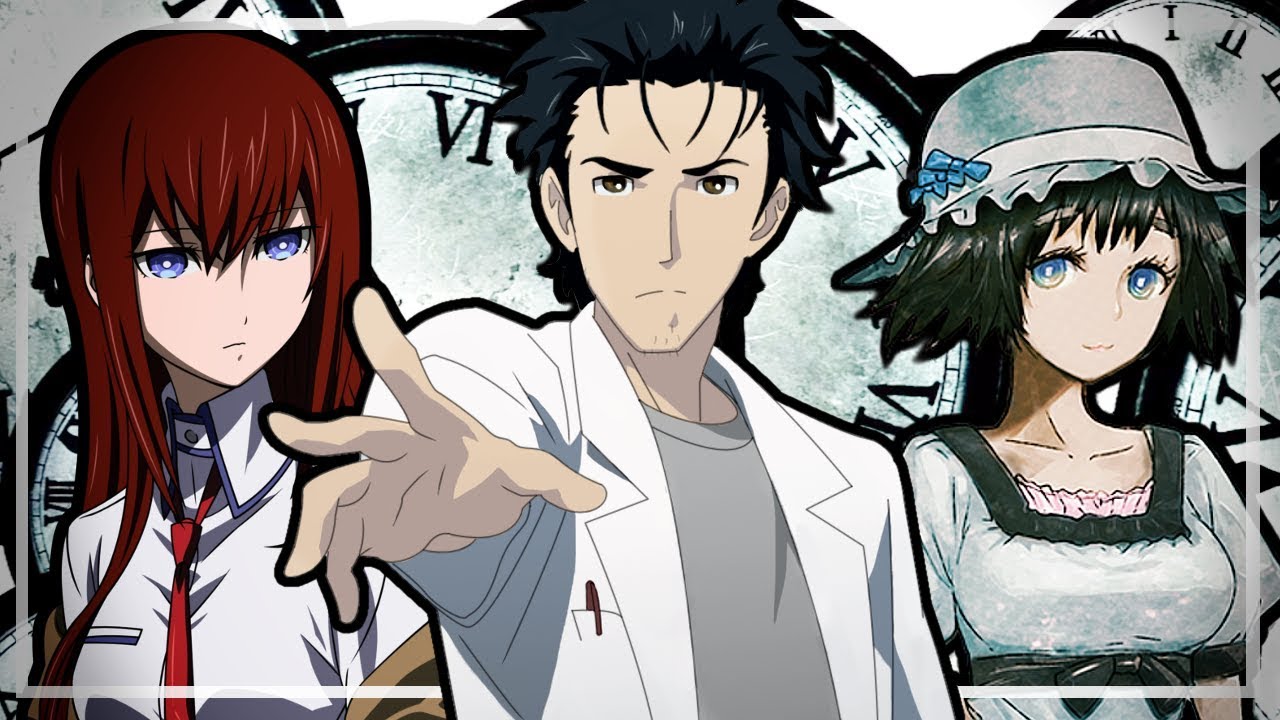
Steins;Gate, a sci-fi gem spanning 24 episodes, talks about the mind-bending concept of time travel. Meet Rintaro Okabe, a college student whose discovery shakes the very foundations of reality: he can send text messages through time, altering the past and reshaping the future.
Steins;Gate is a critically acclaimed science fiction anime and visual novel that masterfully combines time travel, complex characters, and emotional storytelling. Developed by 5pb. and Nitroplus, the series began as a visual novel before being adapted into an anime, manga, and light novels. Its intricate plot, thought-provoking themes, and well-crafted characters have made it a favorite among fans of the genre, earning it a reputation as one of the best time-travel stories in anime.
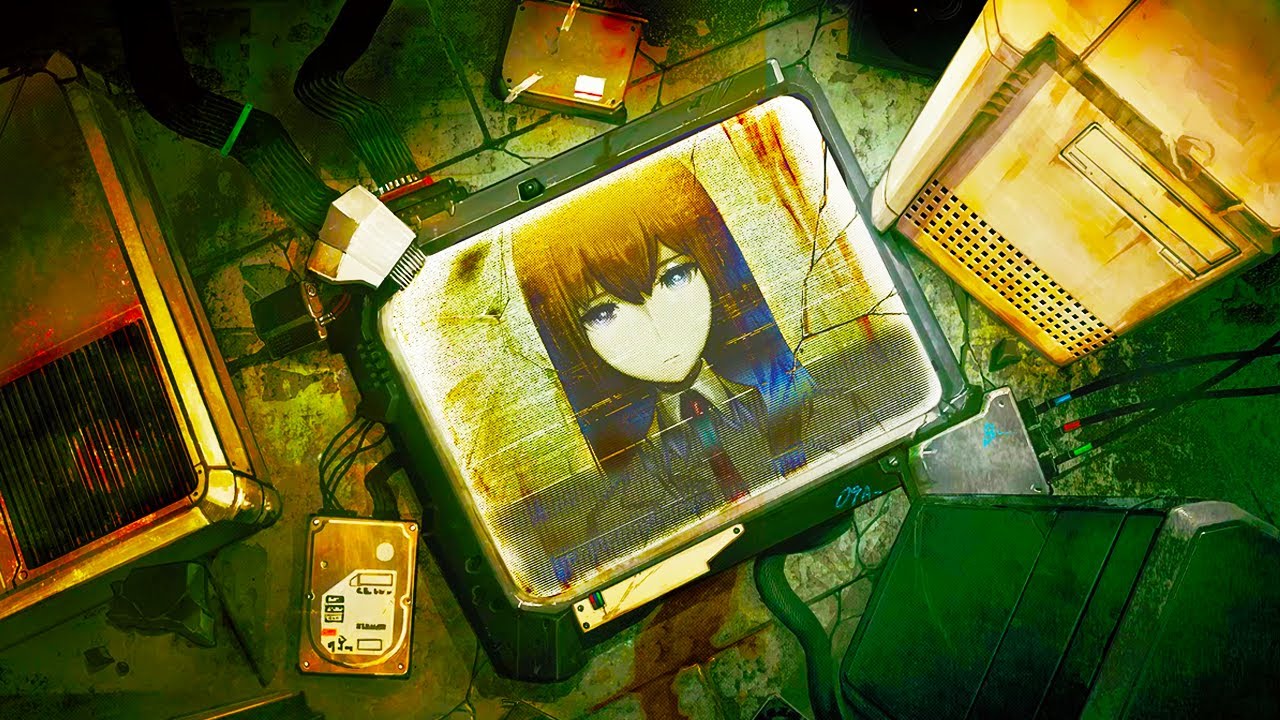
The story follows Rintarou Okabe, a self-proclaimed “mad scientist” who runs the Future Gadget Laboratory with his friends Mayuri Shiina and Itaru Hashida. While experimenting with a microwave and a cellphone, they accidentally create a device capable of sending messages to the past, altering the flow of time. What starts as a playful discovery soon spirals into a high-stakes journey as Okabe and his friends uncover the dangerous consequences of their actions.
One of the standout aspects of Steins;Gate is its meticulous attention to detail in its time-travel mechanics. The series avoids common pitfalls of the genre by presenting a coherent and internally consistent system. The concept of “world lines” and the butterfly effect are central to the narrative, creating a sense of tension and unpredictability. This careful approach to storytelling keeps viewers engaged as they try to piece together the intricate web of cause and effect.
Rintarou Okabe is a protagonist whose growth drives the story. Initially, he comes across as eccentric and overly dramatic, but as the plot progresses, his layers are revealed. His struggles with the weight of responsibility and the emotional toll of altering time make him a deeply relatable character. His relationships with the other characters, particularly Mayuri and Kurisu Makise, add emotional depth to the narrative.
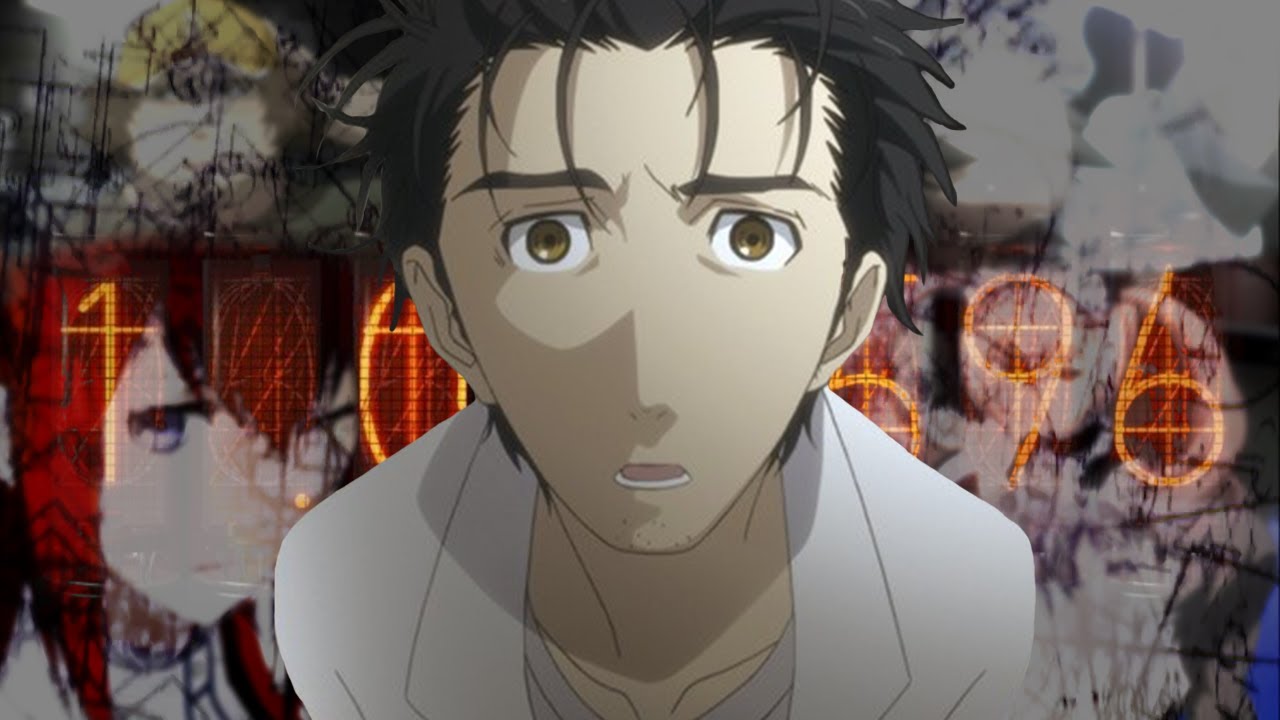
Kurisu Makise, a brilliant neuroscientist, serves as both a foil and a partner to Okabe. Her sharp intellect and no-nonsense attitude contrast with Okabe’s eccentricity, creating a dynamic and engaging relationship. Their interactions are filled with witty banter and genuine moments of vulnerability, making their bond one of the highlights of the series. Kurisu’s role in the story is pivotal, and her character development is handled with care.
Mayuri Shiina, Okabe’s childhood friend, brings warmth and innocence to the series. Her cheerful demeanor and unwavering support for Okabe provide a stark contrast to the darker themes of the story. Mayuri’s presence serves as a reminder of the human cost of tampering with time, and her character arc is both heartwarming and heartbreaking. The emotional weight of her story adds a layer of poignancy to the narrative.
The supporting cast is equally well-developed, with each character contributing to the story in meaningful ways. Itaru Hashida, also known as Daru, provides comic relief while also playing a crucial role in the group’s efforts. Other characters, such as Suzuha Amane and Moeka Kiryu, have their own motivations and backstories that tie into the larger plot. The ensemble cast ensures that the story remains rich and multifaceted.
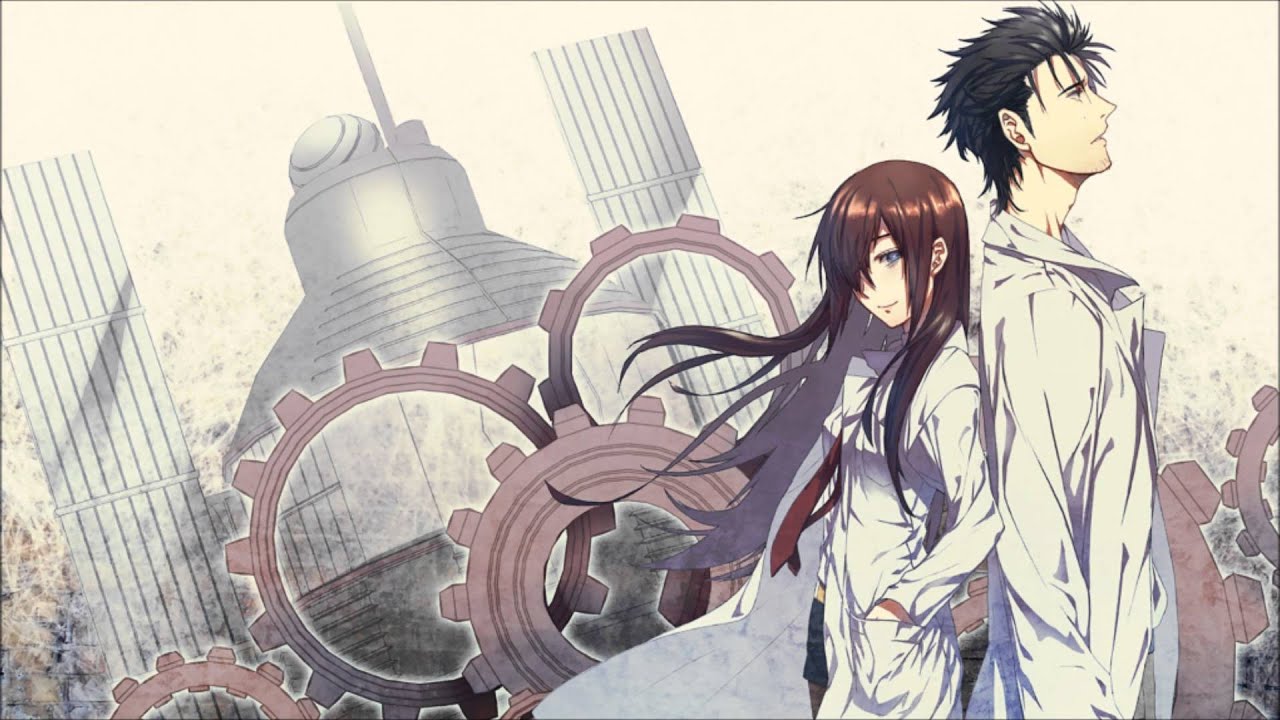
The anime adaptation, produced by White Fox, is widely praised for its faithful adaptation of the visual novel. The pacing is deliberate, allowing the story to unfold gradually while maintaining suspense. The animation is clean and expressive, with a muted color palette that fits the series’ tone. The soundtrack, composed by Takeshi Abo, enhances the emotional impact of key scenes, making the viewing experience even more immersive.
Themes of fate, free will, and the consequences of one’s actions are central to Steins;Gate. The series raises thought-provoking questions about the ethics of time travel and the lengths one would go to protect loved ones. These themes are explored through Okabe’s journey, as he grapples with the moral dilemmas and emotional burdens of altering reality. The philosophical undertones add depth to the story, making it more than just a sci-fi thriller.
The emotional core of Steins;Gate lies in its exploration of human connections. The bonds between the characters are tested and strengthened as they face unimaginable challenges. The series emphasizes the importance of trust, friendship, and love, even in the face of overwhelming odds. These relationships ground the story, making the high-stakes plot feel personal and relatable.
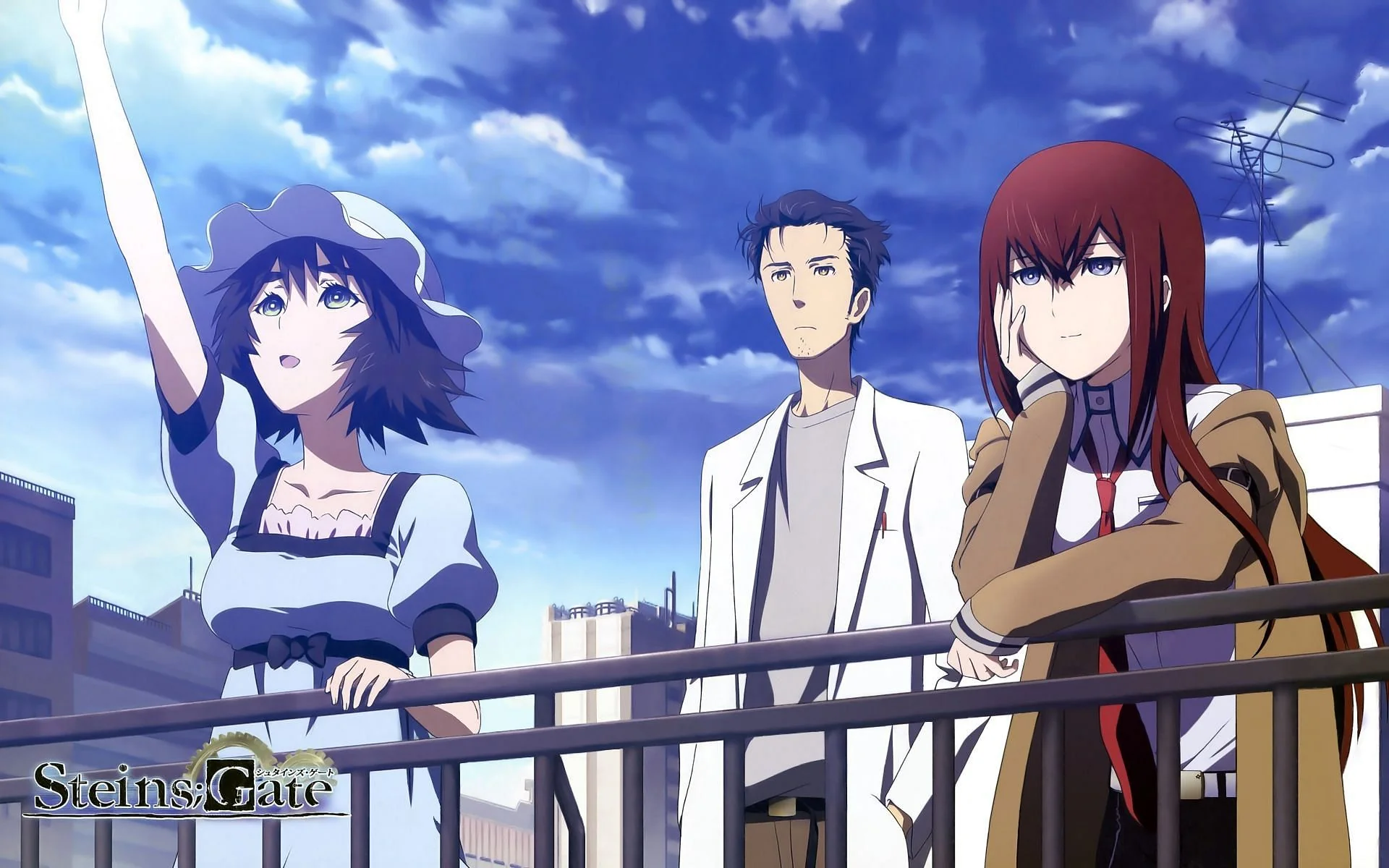
One of the few criticisms of Steins;Gate is its slow start. The first half of the series focuses heavily on setting up the characters and the rules of time travel, which may feel slow to some viewers. However, this buildup is essential for the payoff in the second half, where the stakes are raised, and the emotional intensity reaches its peak. Patience is rewarded with a gripping and satisfying narrative.
The series also excels in its use of foreshadowing and callbacks. Events and dialogue from earlier episodes take on new significance as the story progresses, creating a sense of cohesion and depth. This attention to detail encourages multiple viewings, as viewers can pick up on subtle hints and connections they may have missed the first time.
Steins;Gate is a masterpiece of storytelling that seamlessly blends science fiction, drama, and emotional depth. Its intricate plot, well-developed characters, and thought-provoking themes make it a standout in the anime world.
Whether experienced through the visual novel or the anime, Steins;Gate offers a and unforgettable journey that challenges the mind and touches the heart. It’s a testament to the power of storytelling and the enduring appeal of well-crafted narratives.
8) Horimiya
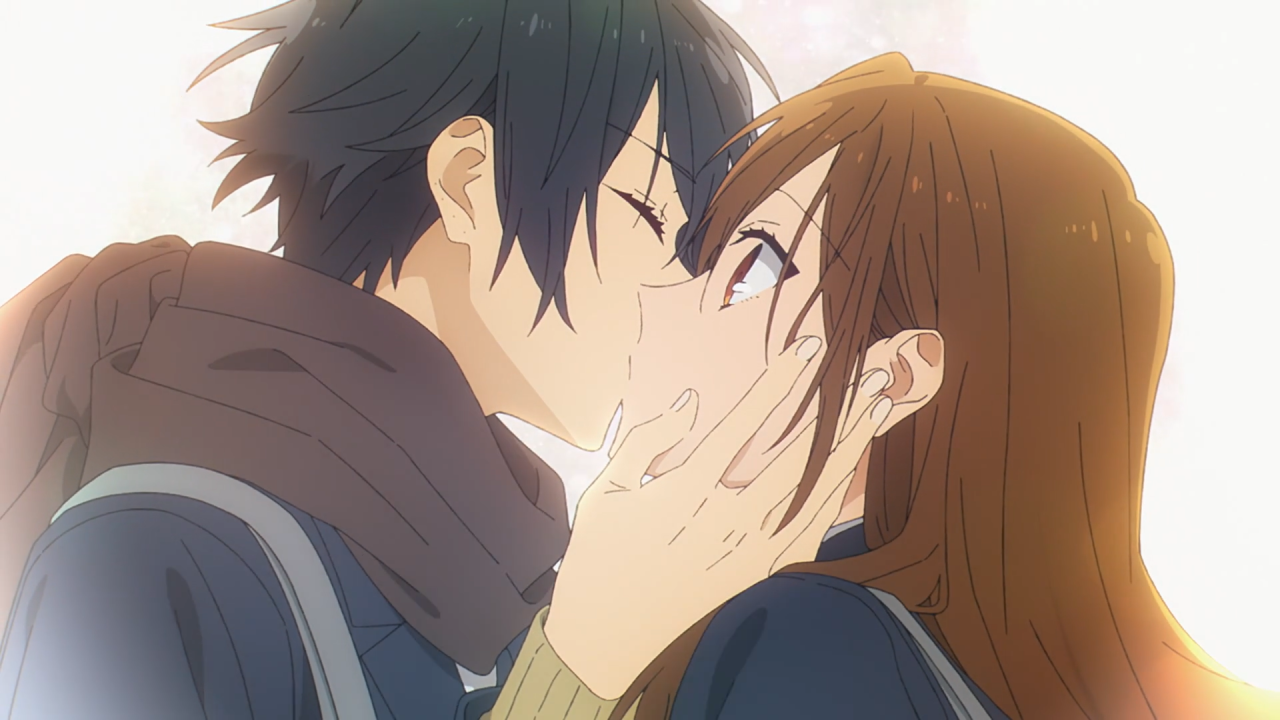
Horimiya, a delightful romantic comedy anime spanning 13 episodes, is tailor-made for fans of heartwarming rom-coms. Join Hori and Miyamura, two seemingly different classmates whose unexpected connection blossoms into something beautiful. Perfect for newcomers craving charming slice-of-life tales with a dash of romance.
Horimiya is a heartwarming and relatable romantic comedy anime and manga series that beautifully examines the complexities of teenage relationships and self-discovery. Written by HERO and illustrated by Daisuke Hagiwara, the series started as a webcomic before becoming a manga and later an anime. Its charm lies in its realistic portrayal of characters, their emotions, and the everyday moments that make life special, all wrapped in a blend of humor and sincerity.
The story focuses on Kyoko Hori and Izumi Miyamura, two high school students who seem to lead opposite lives. Hori is popular, outgoing, and academically successful, while Miyamura is a quiet, reserved loner who hides his true self. However, when they accidentally discover each other’s secrets outside of school, their lives connect in unexpected ways. This chance meeting sets the stage for a heartfelt story of friendship, love, and personal growth.
One of the standout features of Horimiya is its character development. Hori and Miyamura are complex protagonists who break away from stereotypes. Hori, despite her popularity, deals with family responsibilities and insecurities, while Miyamura, often seen as a gloomy outcast, shows a kind and thoughtful nature. Their relationship grows naturally, highlighting the importance of trust, communication, and acceptance in building meaningful connections.
The supporting cast adds richness and variety to the story. Characters like Toru Ishikawa, Yuki Yoshikawa, and Remi Ayasaki each have their own quirks and storylines, contributing to the series’ layered design. Their interactions with the main duo emphasize themes of friendship, loyalty, and the challenges of adolescence. The ensemble cast ensures the story stays engaging and relatable for a wide audience.
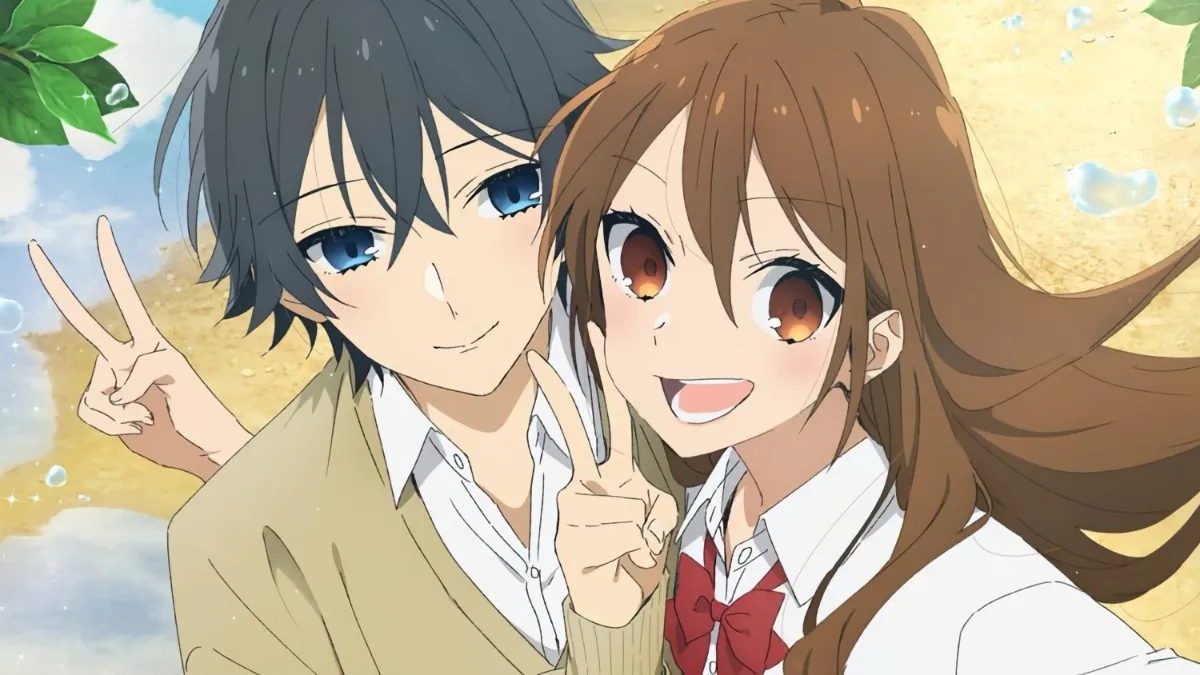
The anime adaptation, produced by CloverWorks, captures the essence of the manga with its vibrant animation and expressive character designs. The pacing is well-balanced, mixing comedic moments with emotional depth. The soundtrack fits the tone of the series, enhancing key scenes without overpowering the dialogue or visuals. Fans of the manga will appreciate the faithful adaptation, while newcomers will find it accessible and enjoyable.
What makes Horimiya stand out from other romance series is its focus on authenticity. The characters’ struggles and triumphs feel real, making their journeys resonate with viewers. The series avoids over-the-top drama or clichéd tropes, instead thriving on subtle, heartfelt moments that reflect the complexities of real-life relationships. This grounded approach makes the story both refreshing and impactful.
The humor in Horimiya is another strong point, seamlessly blended into the narrative. The comedic timing is excellent, with witty dialogue and situational comedy that never feels forced. These lighthearted moments provide a perfect balance to the more serious themes, ensuring the series remains engaging and enjoyable throughout. The humor also strengthens the bonds between characters, making their relationships even more endearing.
Themes of self-acceptance and vulnerability are central to Horimiya. Both Hori and Miyamura learn to embrace their true selves, shedding the masks they wear to meet societal expectations. This message of authenticity is delivered with care, encouraging viewers to reflect on their own lives. The series emphasizes that everyone has insecurities, and it’s okay to be imperfect, a lesson that resonates deeply with its audience.
The romance in Horimiya is tender and realistic, steering clear of melodrama. Hori and Miyamura’s relationship develops gradually, rooted in mutual respect and understanding. Their interactions are filled with small, meaningful gestures that speak volumes about their feelings. This slow-burn approach makes their love story all the more satisfying, as it feels earned and genuine.
The series also highlights the importance of communication in relationships. Hori and Miyamura’s ability to openly discuss their feelings and concerns sets a positive example for viewers. Their willingness to listen and support each other through challenges reinforces the idea that healthy relationships are built on trust and empathy. This focus on communication adds depth to their dynamic.
While Horimiya primarily focuses on romance, it also touches on themes of family and friendship. Hori’s relationship with her younger brother, Sota, and her struggles with her absent parents add layers to her character. Similarly, Miyamura’s bond with his friends highlights the value of companionship and acceptance. These subplots enrich the narrative, making it more than just a love story.

The art style of the manga is clean and expressive, with detailed character designs and emotive facial expressions that enhance the storytelling. The anime adaptation stays true to this aesthetic, with fluid animation and a warm color palette that fits the series’ tone. Both mediums excel at capturing the subtleties of the characters’ emotions, drawing viewers into their world.
One of the few criticisms of Horimiya is its pacing in the anime, which condenses several manga arcs to fit into a single season. While this allows for a concise narrative, some fans feel that certain character developments and side stories were rushed. However, the core story remains intact, and the emotional impact is preserved, making it a worthwhile watch despite this limitation.
The series’ ability to balance humor, romance, and drama is a testament to its strong writing. Each episode or chapter feels purposeful, advancing the plot while deepening the characters’ relationships. This careful balance ensures that Horimiya remains engaging from start to finish, appealing to both romance enthusiasts and casual viewers alike.
Horimiya is a standout series that excels in its portrayal of love, friendship, and self-discovery. Its relatable characters, authentic storytelling, and heartfelt moments make it a memorable experience.
Whether through the manga or anime, Horimiya offers a touching and uplifting journey that resonates with audiences of all ages. It’s a celebration of the small, everyday moments that make life beautiful, and a reminder that true connections are built on honesty and understanding.
7) The Devil Is a Part-Timer
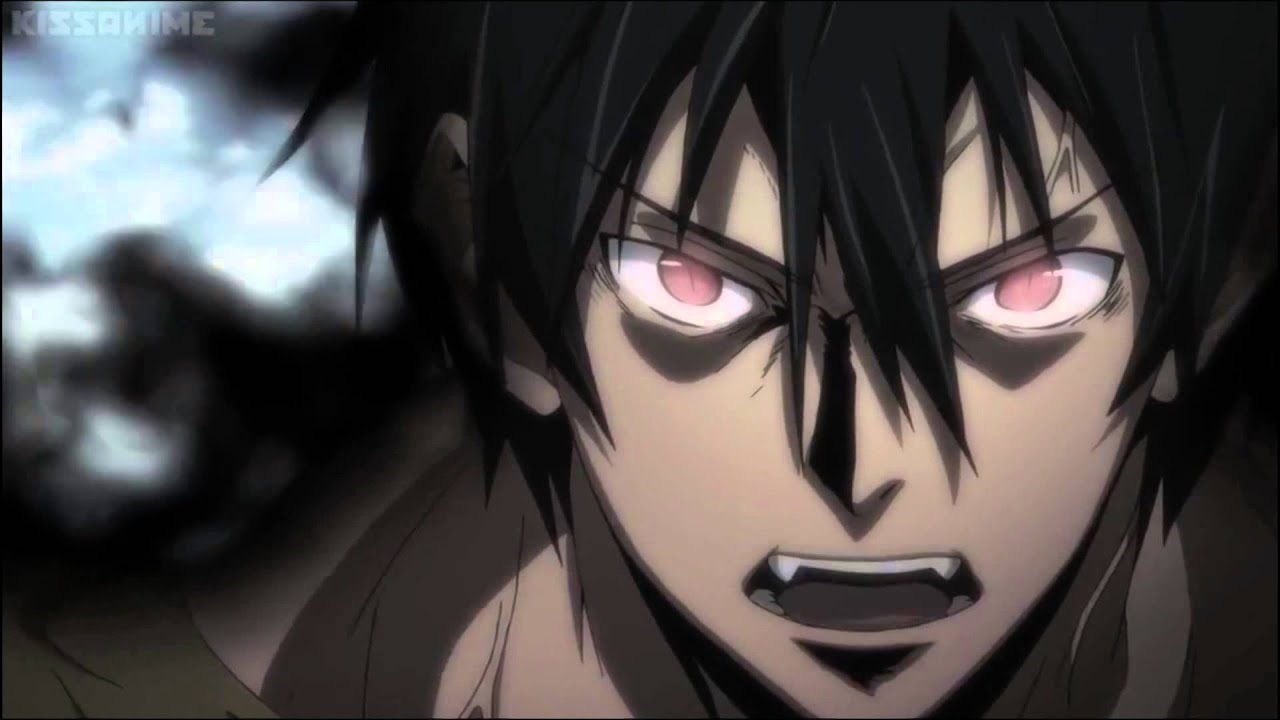
Picture the mighty king of hell flipping burgers at McDonald’s. “The Devil Is a Part-Timer!” is a hilarious anime with 13 episodes that follows Sadao Maou, the Devil King, as he maneuvers a new life in Japan, complete with a part-time job. Perfect for newcomers seeking a blend of comedy and fantasy.
The Devil Is a Part-Timer! is a unique blend of comedy, fantasy, and slice-of-life that turns an epic battle between good and evil into a hilarious story of everyday struggles. Adapted from Satoshi Wagahara’s light novel series, the anime first aired in 2013, produced by White Fox.
It follows Satan, the Demon Lord from the war-torn world of Ente Isla, who is forced to flee after being defeated by the Hero, Emilia. Escaping through a portal, he ends up in modern-day Tokyo with his loyal general, Alciel.
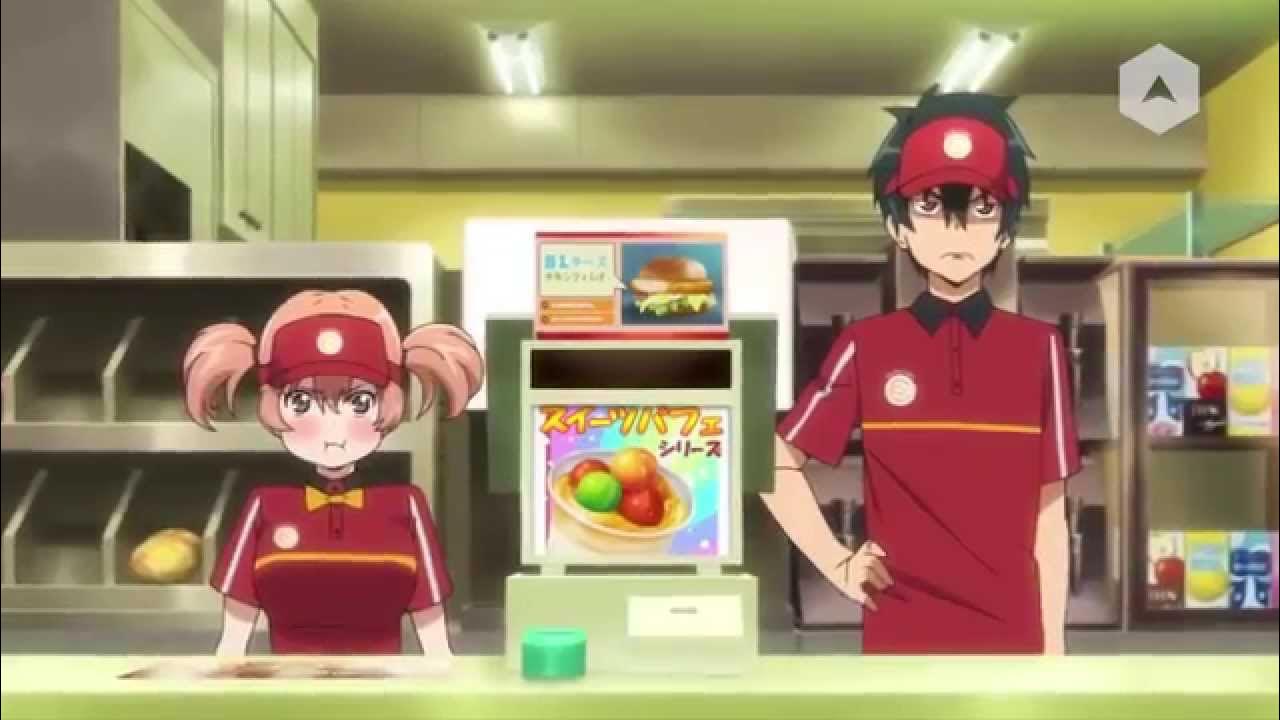
Stripped of his powers and unable to return home, Satan, now going by the name Sadao Maou, must adapt to human society. Without magic to conquer the world, he does the next best thing—gets a job at MgRonald’s, a fast-food restaurant. His goal is to climb the corporate ladder and achieve domination through hard work and career success.
The premise alone sets up an endless stream of comedic moments, as the once-feared Demon Lord struggles with rent, customer service, and annoying coworkers.
The humor is one of the anime’s strongest elements. Watching Sadao take his fast-food job seriously, treating it as a grand mission, is both absurd and entertaining. His dramatic speeches about workplace efficiency and employee dedication contrast hilariously with the mundane nature of flipping burgers.
Alciel, his right-hand man, takes on the role of a househusband, obsessing over budgeting and household chores, which adds another layer of comedy to their daily life.
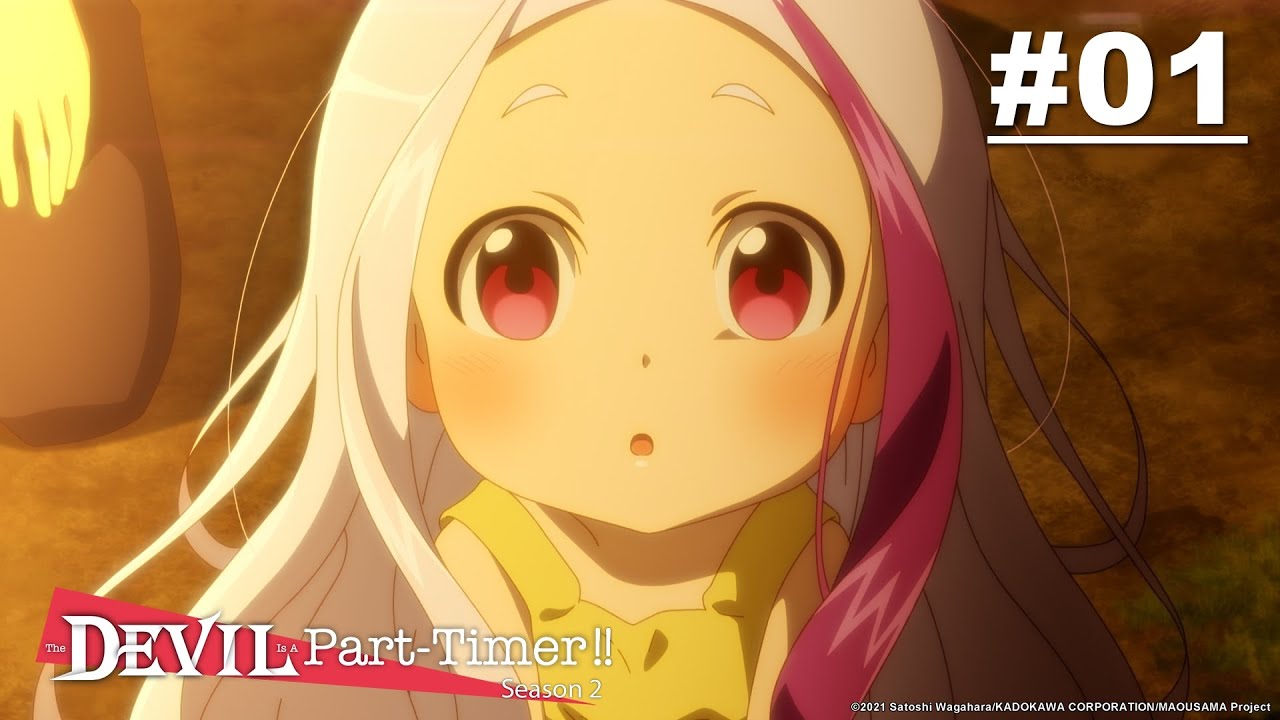
Complicating matters, Emilia, the Hero who once fought to defeat Satan, also finds herself in Tokyo, living a regular life under the name Emi Yusa. Unlike Sadao, she refuses to accept her new circumstances, keeping a close watch on him in case he regains his power.
Their dynamic is one of the highlights of the show—what was once a battle of life and death turns into petty bickering about part-time jobs and daily expenses. Their interactions are filled with witty banter, misunderstandings, and unexpected moments of camaraderie.
The supporting cast adds to the charm of the series. Chiho Sasaki, Sadao’s cheerful and kindhearted coworker, has a huge crush on him, leading to comedic love-triangle moments. Lucifer, another former Demon General, becomes a lazy NEET obsessed with online shopping and gaming, contributing to the chaos in Sadao’s tiny apartment.
The mix of fantasy characters adapting to modern life keeps the story fresh and engaging.
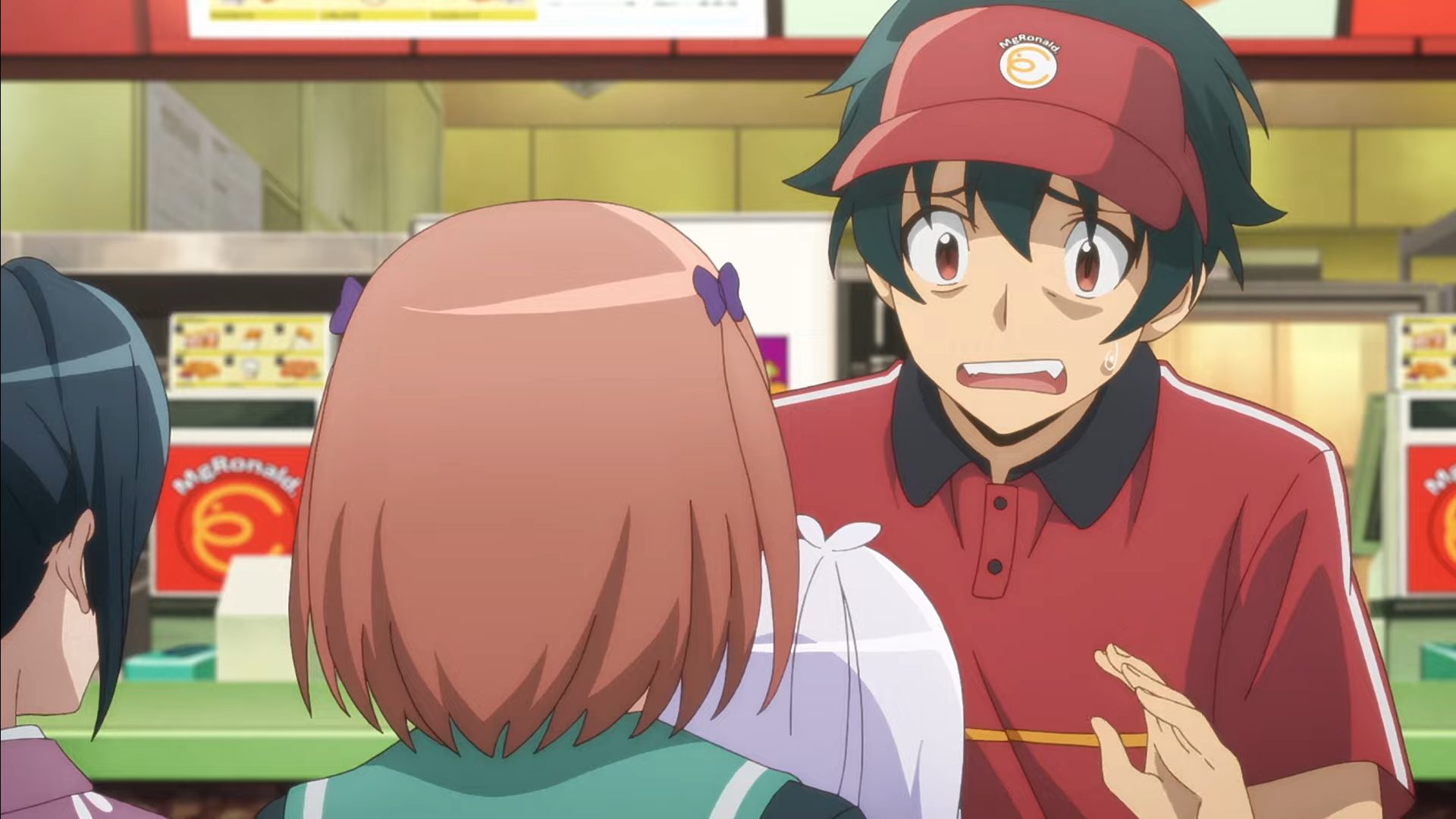
Visually, The Devil Is a Part-Timer! delivers solid animation with expressive character designs and smooth comedic timing. While it doesn’t boast the grand battle sequences of other fantasy anime, it makes up for it with well-executed humor and strong character animation.
The contrast between the dramatic moments—when remnants of their past power surface—and the mundane reality of their new life is presented in a way that keeps the comedy sharp.
The series also subtly explores themes of redemption and personal growth. Sadao, despite being the former Demon Lord, is surprisingly kind and responsible, showing genuine care for his coworkers and friends.
His actions raise the question of whether he was truly evil or simply a product of his past environment. Similarly, Emi, while still wary of him, begins to see him in a new light, leading to a compelling shift in their relationship.
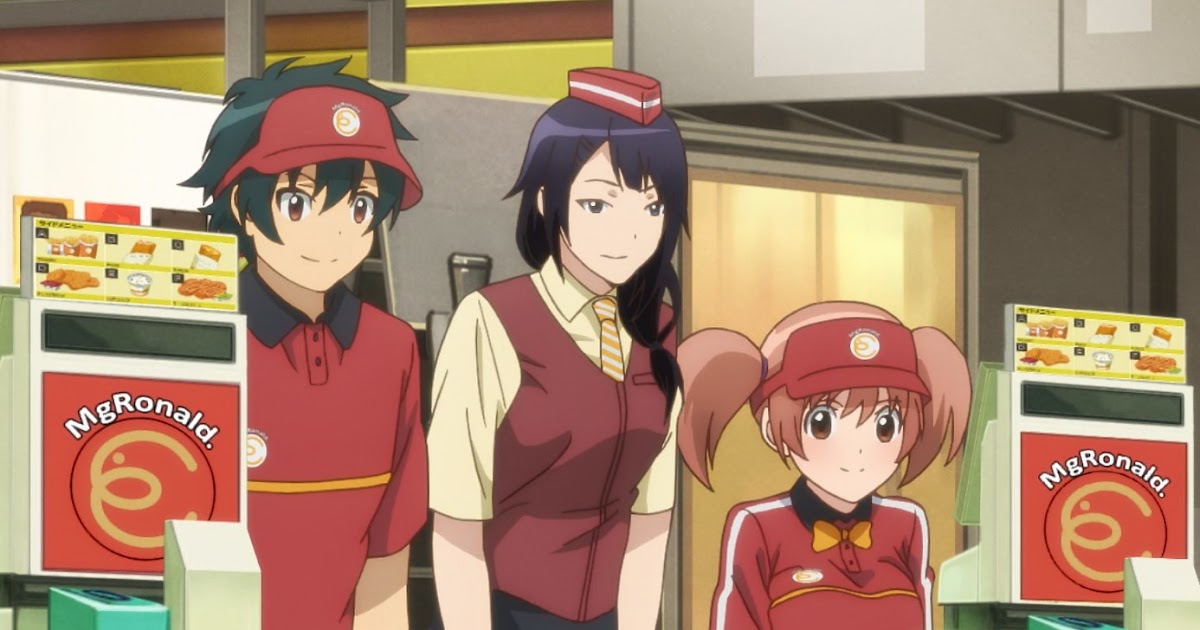
Despite its strong start, one of the main criticisms of the anime is its abrupt ending. The first season covers only a small portion of the light novel series, leaving many plot threads unresolved. Fans waited nearly a decade for the second season, which finally aired in 2022, continuing the story but with a different animation studio, resulting in a noticeable shift in art style.
While it was exciting to see the characters return, the sequel received mixed reactions due to pacing issues and a less polished visual presentation.
Even with its flaws, The Devil Is a Part-Timer! remains a highly entertaining anime that stands out for its clever mix of fantasy and comedy. It takes a well-worn trope—the clash between heroes and villains—and flips it into a hilarious take on modern life’s mundane struggles.
Whether you’re a fan of fantasy, workplace comedies, or character-driven humor, this series offers plenty of laughs and an enjoyable cast of characters. It may not have an epic conclusion yet, but its charm and humor make it a worthwhile watch.
6) Your Lie In April
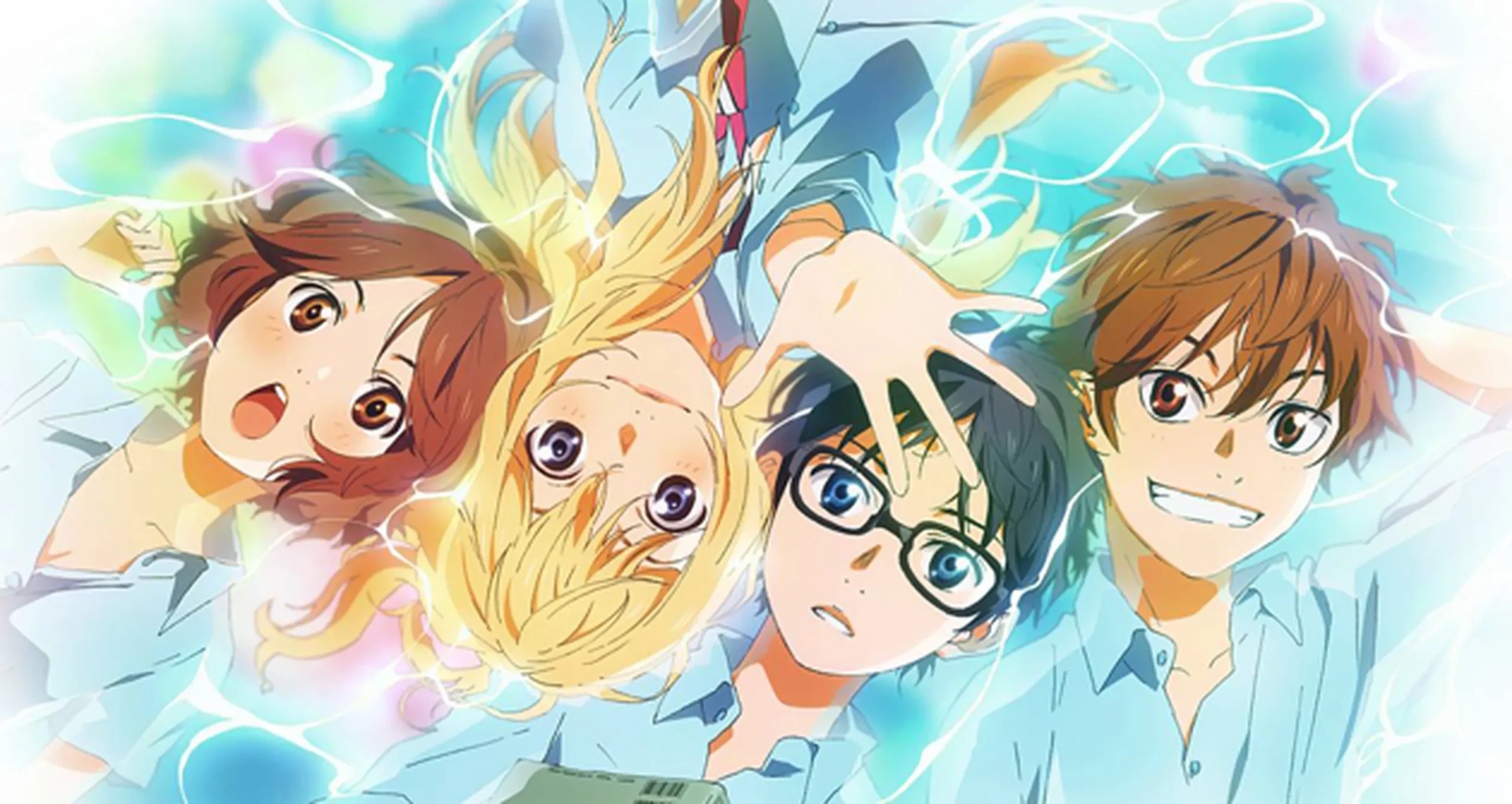
“Your Lie in April” is a music-themed drama anime with 22 episodes that seamlessly weaves romance and music together. Follow the journey of Kosei Arima, a gifted pianist who lost his ability to hear his own music after the tragic loss of his mother. An ideal choice for beginners drawn to the emotional depth of music and drama.
Your Lie in April is a beautifully crafted anime that blends music, emotion, and drama into a compelling story. Released in 2014 by A-1 Pictures, it is based on Naoshi Arakawa’s manga of the same name. The series follows Kōsei Arima, a piano prodigy who loses his ability to hear the sound of his own playing after his mother’s passing.
His world becomes dull and colorless until he meets a free-spirited violinist, Kaori Miyazono, who helps him rediscover the joy of music. Their bond transforms Kōsei’s perspective, pulling him out of his stagnant existence and immersing him back into the art he once loved.
The anime is a journey of self-discovery, trauma, and healing, depicted through breathtaking visuals and a powerful soundtrack. Kōsei’s internal struggles make him a deeply relatable protagonist, as he battles the fear and pressure instilled in him by his strict mother. Kaori, on the other hand, is a vibrant and unpredictable force, the complete opposite of Kōsei.
Her carefree nature masks a deeper pain that gradually unfolds throughout the series. The contrast between their personalities drives the emotional weight of the story, making each interaction meaningful and memorable.
One of the anime’s strongest aspects is its music, featuring classical compositions from Beethoven, Chopin, and other legendary composers. The performances are animated with stunning detail, capturing the emotion and technicality behind each piece.
The way the music ties into the narrative raise the storytelling, as Kōsei’s playing reflects his mental and emotional state. Kaori’s energetic violin performances contrast with Kōsei’s controlled and calculated piano, symbolizing their differing approaches to life. Music is not just an element in the show; it becomes a language through which the characters communicate their feelings.
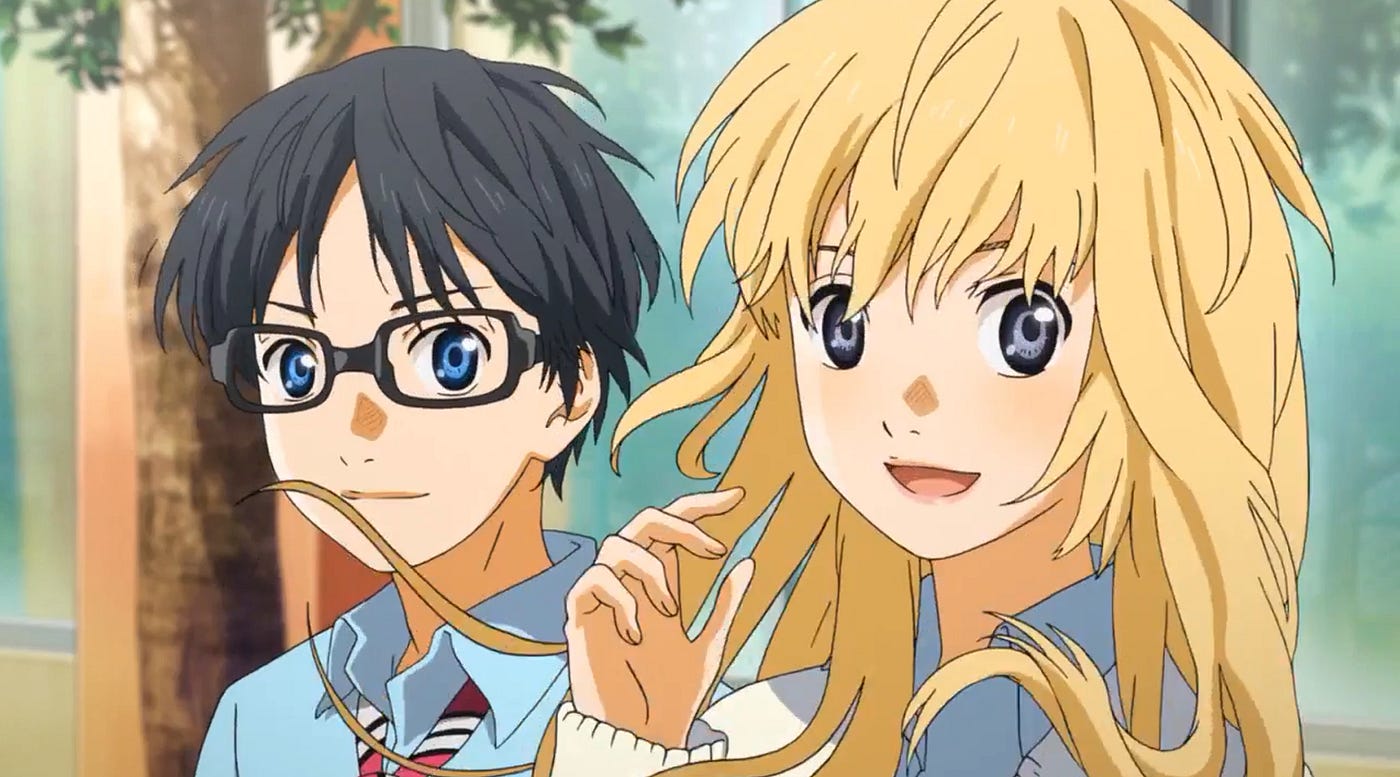
Visually, Your Lie in April stands out with its use of color and lighting. The animation shifts dynamically to represent Kōsei’s emotional shifts, often using muted tones when he feels lost and vibrant palettes when he experiences joy.
The concert scenes are particularly striking, employing fluid animation and imaginative visual metaphors to express the depth of the performances. The character designs are expressive, enhancing the emotional impact of key moments. Even the smallest details, such as Kaori’s subtle expressions or the trembling of Kōsei’s hands, contribute to the realism of the story.
The anime’s pacing is carefully structured, balancing lighthearted moments with deep emotional beats. While the story revolves around music and competition, it is ultimately a tale about love, loss, and personal growth.
The humor is well-placed, preventing the narrative from becoming overly heavy. The friendships between Kōsei, Kaori, and their childhood friends, Tsubaki and Watari, add layers to the story, as each character struggles with their own insecurities and unspoken feelings. Their dynamic keeps the show engaging, making every scene feel meaningful.
Kaori’s presence in Kōsei’s life is transformative, but as the story unfolds, it becomes clear that she carries a burden of her own. Her cheerful exterior hides a tragic reality, and as Kōsei grows stronger, she begins to fade.
The revelation of her true condition in the later episodes is a heartbreaking twist that recontextualizes her actions and motivations. Despite her struggles, Kaori continues to inspire Kōsei, teaching him to embrace life and music with passion. Her impact lingers even beyond the final moments of the show, leaving a lasting impression on both Kōsei and the audience.
The romance in Your Lie in April is subtle yet deeply emotional. Kōsei and Kaori’s relationship is built on mutual admiration and an unspoken understanding of each other’s pain. While their bond is undeniably strong, it is not a conventional love story. Instead, it focuses on how love can be transformative, pushing individuals to overcome their fears and embrace life more fully.
Tsubaki’s feelings for Kōsei add another layer of complexity, creating a bittersweet dynamic that resonates throughout the series. The way emotions are portrayed feels authentic, making the story’s conclusion all the more impactful.
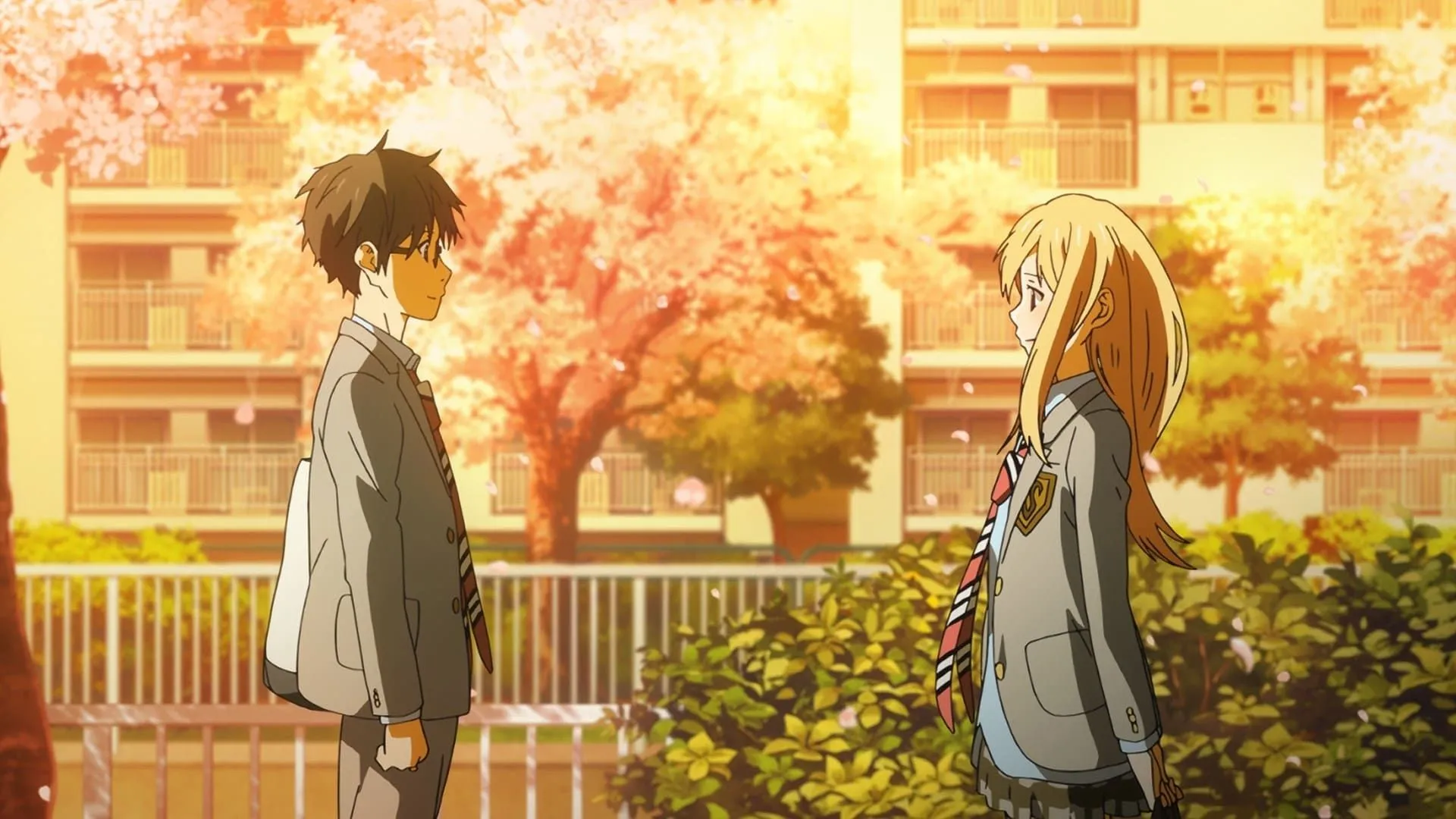
The final episodes are some of the most emotional in anime history, culminating in a performance that encapsulates the entire journey of the characters. Kōsei’s last piano piece for Kaori is not just a tribute but a farewell, conveying everything he couldn’t say in words.
The combination of music, visuals, and storytelling reaches its peak, delivering a tear-jerking finale that stays with the viewer long after the credits roll. The letter Kaori leaves behind adds a poignant touch, revealing her true feelings and the depth of her connection with Kōsei.
Your Lie in April is not just an anime about music; it is an exploration of how art, love, and loss shape individuals. It portrays the struggles of moving forward after tragedy and the impact of fleeting yet meaningful connections.
The series does not shy away from painful themes, making it an emotionally intense experience. However, it also offers a sense of hope, reminding viewers that even the briefest encounters can leave a lasting influence. The way the story unfolds makes it one of the most unforgettable anime in the drama and romance genre.
For those who enjoy character-driven narratives with emotional depth, Your Lie in April is a must-watch. It delivers a beautifully told story with breathtaking animation, an outstanding soundtrack, and deeply moving themes.
While it is heartbreaking, it is also uplifting in its message about embracing life and pursuing one’s passions despite hardships. The blend of music, storytelling, and emotion makes it a unique experience, cementing its place as one of the most beloved anime series of its kind. It is an unforgettable tale that lingers in the heart long after the final note is played.
5) Sk8 The Infinity
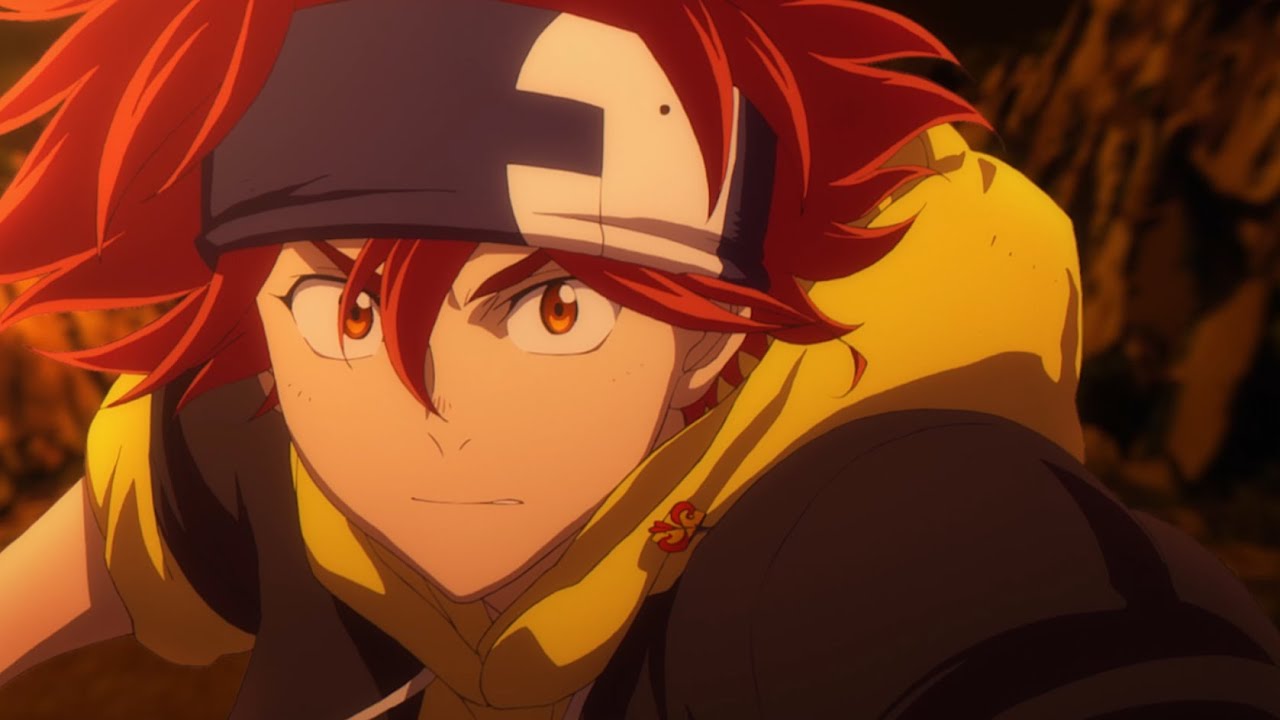
“Sk8 The Infinity” offers a thrilling ride through the underground skating scene in just 12 episodes. Follow Reki as he maneuvers the high-stakes of secret skating races known as “S,” where competition is fierce and adrenaline runs high. A perfect pick for newcomers craving the excitement of sports and heartfelt drama.
Sk8 the Infinity is an adrenaline-fueled sports anime that brings high-energy skateboarding action to life. Released in 2021 by studio Bones, it follows Reki Kyan, a passionate skater, and Langa Hasegawa, a transfer student with no prior experience in skateboarding.
Their lives change when Reki introduces Langa to “S,” an underground skateboarding race where competitors risk everything for the thrill of victory. The anime blends stylish animation, intense rivalries, and heartfelt friendships into an exhilarating experience.
Langa, who previously excelled in snowboarding, quickly adapts to skateboarding, using his unique balance and footwork to dominate races. His natural talent catches the attention of the skating community, especially the eccentric and highly skilled competitors at “S.”
Meanwhile, Reki, despite his passion and skill, struggles with his own insecurities as he watches Langa’s rapid rise. Their dynamic forms the heart of the series, showcasing themes of growth, jealousy, and the pure joy of skating.
The visuals in Sk8 the Infinity are breathtaking, with fluid animation that perfectly captures the speed and excitement of skateboarding. Every trick, grind, and high-speed maneuver is animated with incredible detail, making races feel thrilling and immersive.
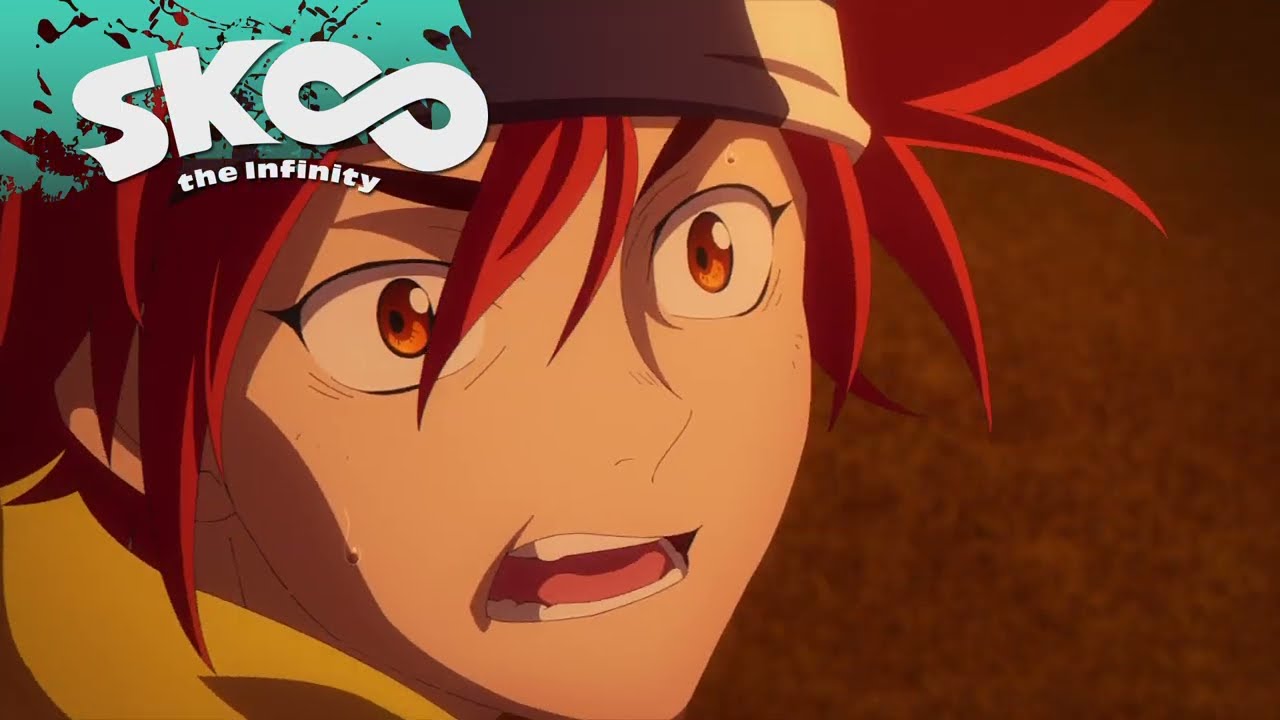
The neon-lit tracks and creative race settings add to the spectacle, while character expressions and body language enhance the emotional depth. The anime doesn’t just focus on action—it makes every moment visually striking and engaging.
Each character in Sk8 the Infinity brings their own personality and flair to the show. From the flamboyant and unpredictable Adam to the calculating and strategic Cherry Blossom, every skater has a unique style and philosophy about skating.
The rivalries between these characters make for intense races filled with dramatic stakes and mind-blowing tricks. Their interactions, both on and off the board, add humor, tension, and depth to the story, keeping viewers invested.
Reki’s character arc is one of the most emotionally compelling parts of the series. As Langa continues to improve, Reki begins to feel left behind, leading to a crisis of confidence. His struggle with self-worth and his place in the skating world is deeply relatable, making his journey feel authentic and impactful.
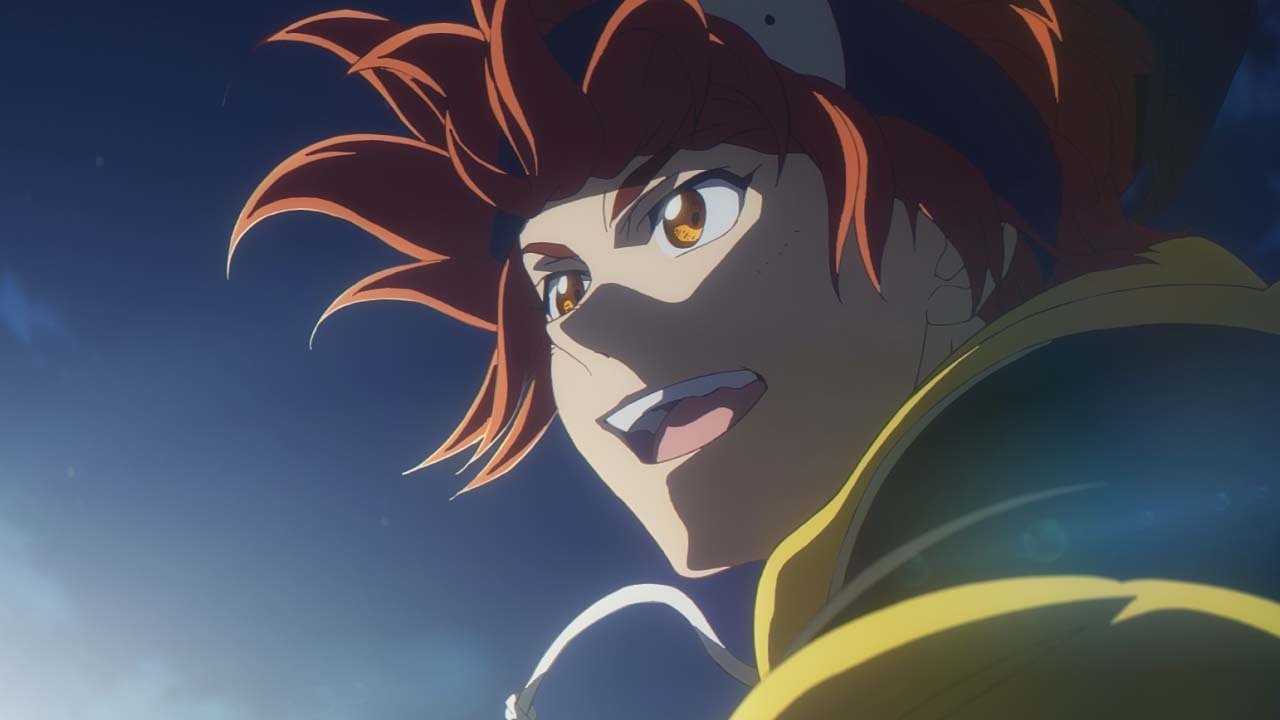
The friendship between him and Langa is tested but ultimately strengthened, emphasizing the importance of camaraderie and personal growth.
The skateboarding culture in Sk8 the Infinity is depicted with love and respect. The series highlights different aspects of skating, from the freedom of expression to the technical precision required for tricks. The underground race scene at “S” is exaggerated and dramatic, but it captures the thrill and rebellious spirit of real-life skateboarding communities.
The anime celebrates both the competitive and personal aspects of the sport, making it appealing to skaters and non-skaters alike.
Music plays a vital role in the anime’s high-energy atmosphere. The opening theme, “Paradise” by Rude-α, perfectly captures the excitement and carefree spirit of skating, while the background score enhances both the fast-paced action and quieter emotional moments.
The soundtrack complements the stylish animation and dynamic storytelling, making every episode a sensory experience. The voice acting, both in Japanese and English, adds further personality to the characters, elevating their unique traits.
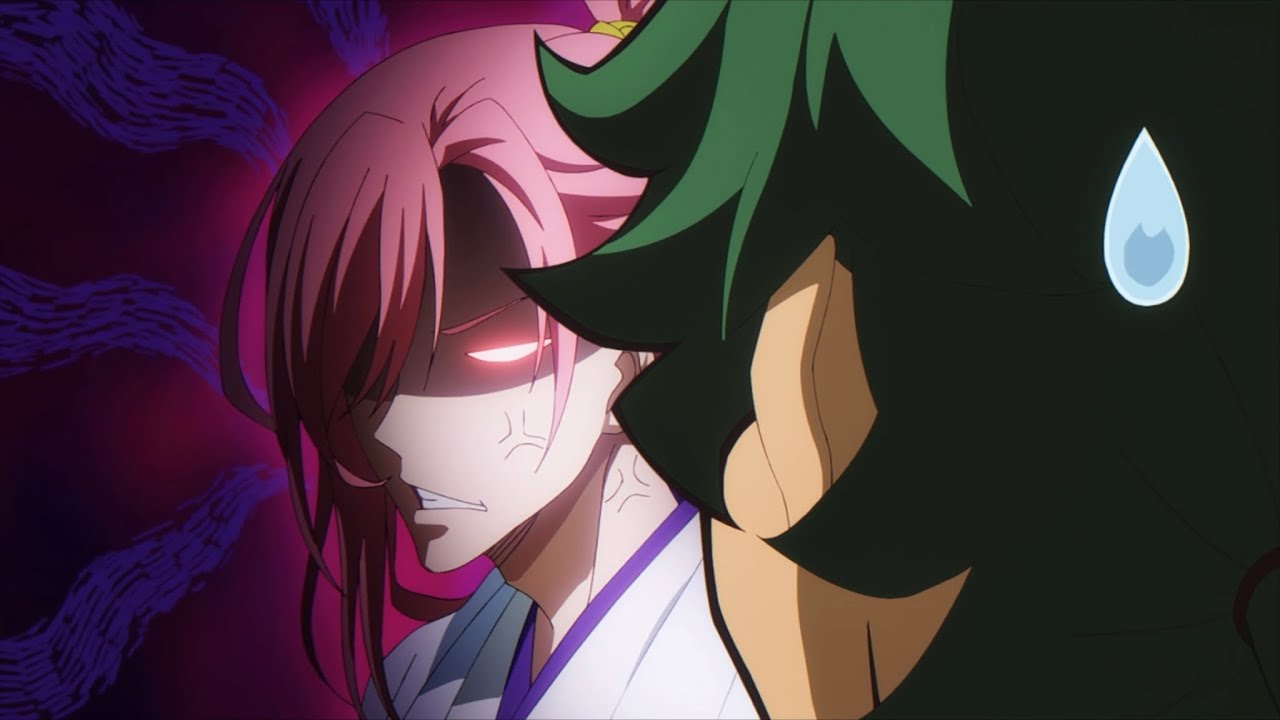
One of Sk8 the Infinity’s biggest strengths is its pacing. The series never drags, maintaining a perfect balance between action, character development, and humor. Every episode delivers a satisfying mix of breathtaking skate sequences and meaningful interactions.
The humor is well-executed, with comedic moments often coming from the exaggerated personalities of the skaters and their over-the-top rivalries. Despite its lighthearted tone, the anime also delivers emotional weight when needed.
The rivalry between Langa and Adam is one of the most intense aspects of the show. Adam, the self-proclaimed “matador of love,” sees skating as a form of domination and obsession, in contrast to Langa’s love for the freedom it provides.
Their final race is a spectacular showdown that encapsulates their opposing philosophies. The clash of ideals, combined with jaw-dropping tricks and animation, makes for one of the most memorable moments in the series.
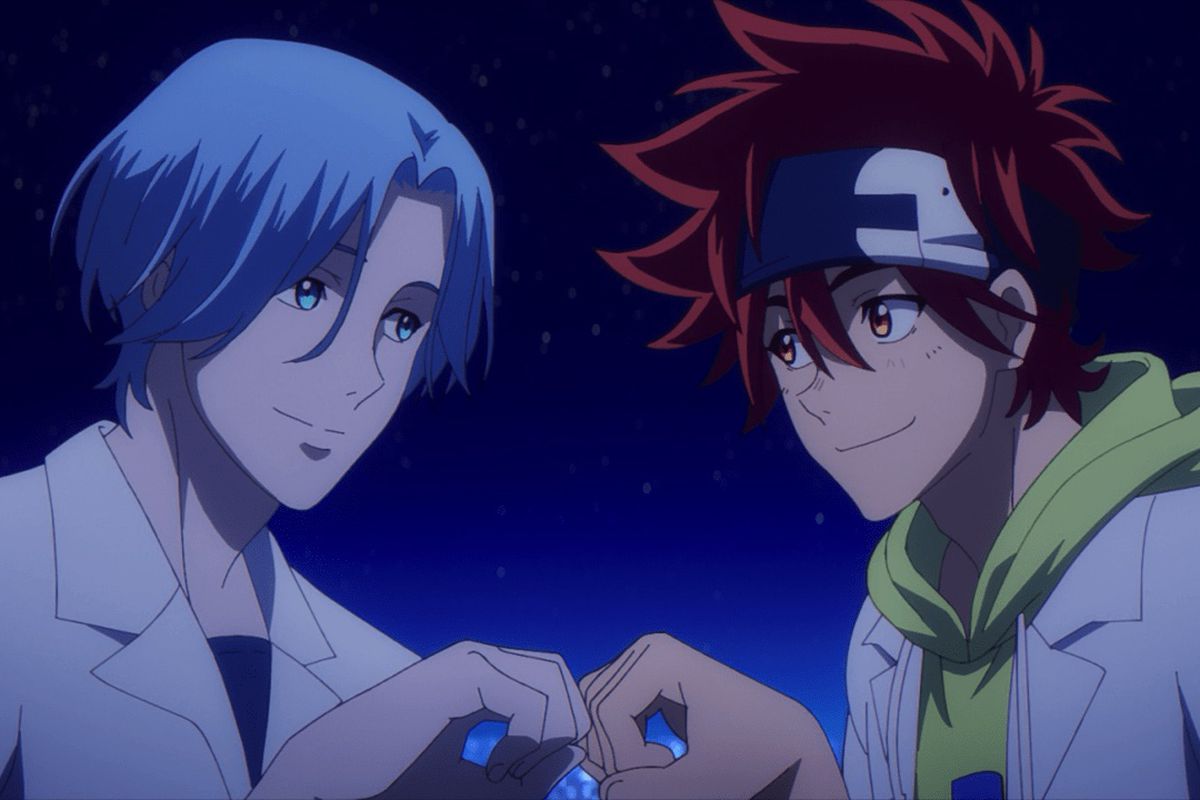
While Sk8 the Infinity is primarily focused on skating, it also explores deeper themes of identity, passion, and friendship. It portrays how different people connect through a shared love of a sport, despite their varying approaches and skill levels.
The relationships between the characters, particularly Reki and Langa, feel genuine and heartfelt. The show emphasizes that skating is not just about winning—it’s about the joy and bonds it creates along the way.
One minor criticism of the anime is that it occasionally leans into dramatic exaggeration, particularly with Adam’s flamboyant and theatrical skating style. However, this also adds to the charm and excitement of the show.
The mix of realism and over-the-top action makes Sk8 the Infinity stand out from traditional sports anime, giving it a distinct personality that sets it apart from the rest.
Sk8 the Infinity is a must-watch for fans of sports anime and anyone who enjoys exhilarating, fast-paced storytelling. Its combination of stunning animation, engaging characters, and electrifying skateboarding action makes it an unforgettable experience.
Whether you’re a skater or just someone looking for a fun, stylish, and emotionally resonant series, Sk8 the Infinity delivers on every level. It’s a celebration of passion, perseverance, and the freedom that comes with doing what you love.
4) Erased
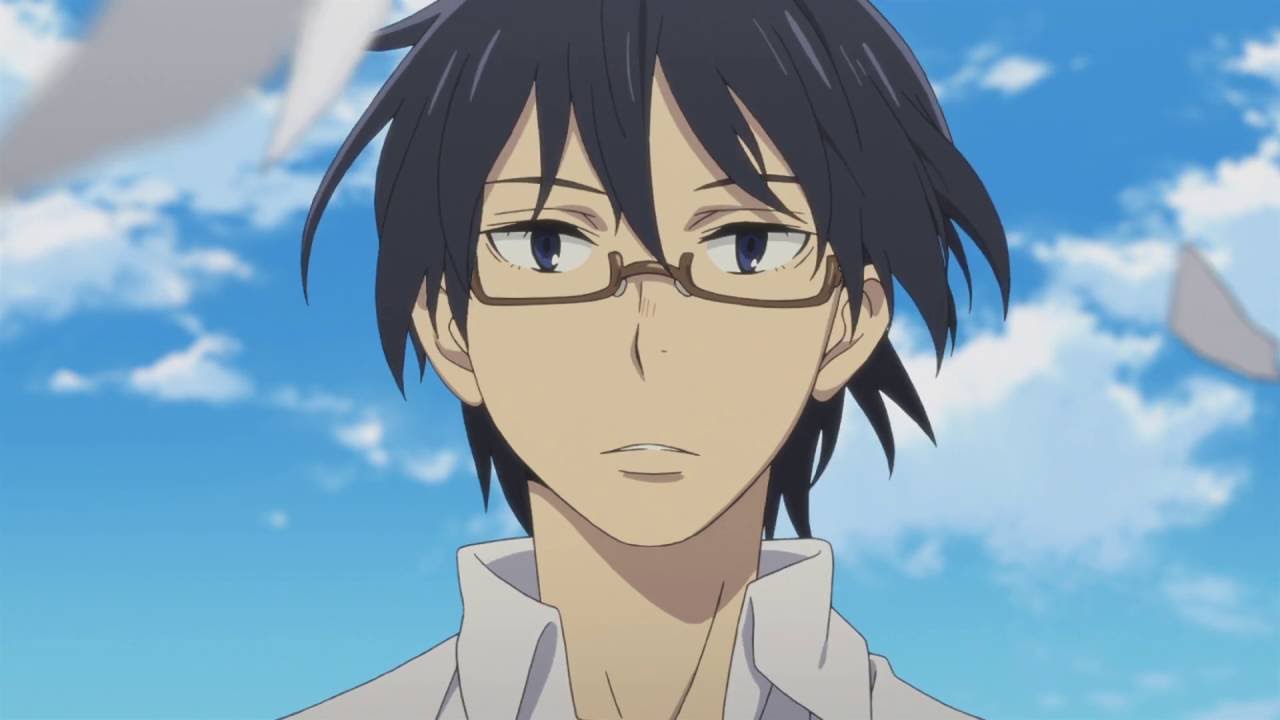
“Erased” blends the suspense of the thriller with the intrigue of mystery across its 12 episodes. Join Satoru Fujinuma, a manga artist with the unique ability to rewind time and prevent tragedies. When his mother falls victim to murder, Satoru leaps into the past to rewrite fate. Perfect for newcomers drawn to mature plots and the complexities of time travel.
Erased is a gripping psychological thriller that blends mystery, time travel, and emotional storytelling into an unforgettable experience. Released in 2016 by A-1 Pictures, it is based on Kei Sanbe’s manga, Boku Dake ga Inai Machi.
The story follows Satoru Fujinuma, a struggling manga artist with a unique ability called “Revival,” which allows him to go back in time moments before a tragedy occurs. However, when his mother is murdered, Satoru’s ability unexpectedly sends him back 18 years to his childhood, giving him a chance to prevent a series of kidnappings that haunted his past.
As an adult trapped in his 10-year-old body, Satoru must navigate the challenges of being a child again while investigating the mysterious disappearances of his classmates. His primary focus is saving Kayo Hinazuki, a quiet and abused girl who was the first victim of the unknown killer.
With the knowledge of the future and the determination to change fate, Satoru works against time, forming new bonds and confronting his own past fears.
The anime masterfully builds suspense through its storytelling. Every episode unfolds new layers of the mystery, keeping viewers engaged as Satoru pieces together clues. The narrative seamlessly shifts between his adult thoughts and childlike limitations, creating a compelling perspective.
The stakes feel real, as every decision he makes has significant consequences. The series balances its intense thriller elements with emotional depth, making it much more than just a mystery anime.
Kayo Hinazuki’s story is one of the most heartbreaking aspects of Erased. She is a victim of severe domestic abuse, which Satoru attempts to prevent while also protecting her from being murdered. Their growing friendship is tender and heartfelt, showing Satoru’s genuine care for her well-being.
The anime portrays the harsh realities of child abuse with sensitivity, making Kayo’s struggles deeply impactful. Watching her slowly open up to Satoru is one of the most touching parts of the show.
The relationship between Satoru and his mother, Sachiko, is another emotional highlight. Unlike many anime parents who are either absent or indifferent, Sachiko is a strong, loving, and intelligent figure in Satoru’s life.
Her sharp intuition and unwavering support make her one of the most beloved characters in the series. Even after her tragic fate in the present, her influence on Satoru’s actions remains powerful, driving him to uncover the truth and fight for justice.
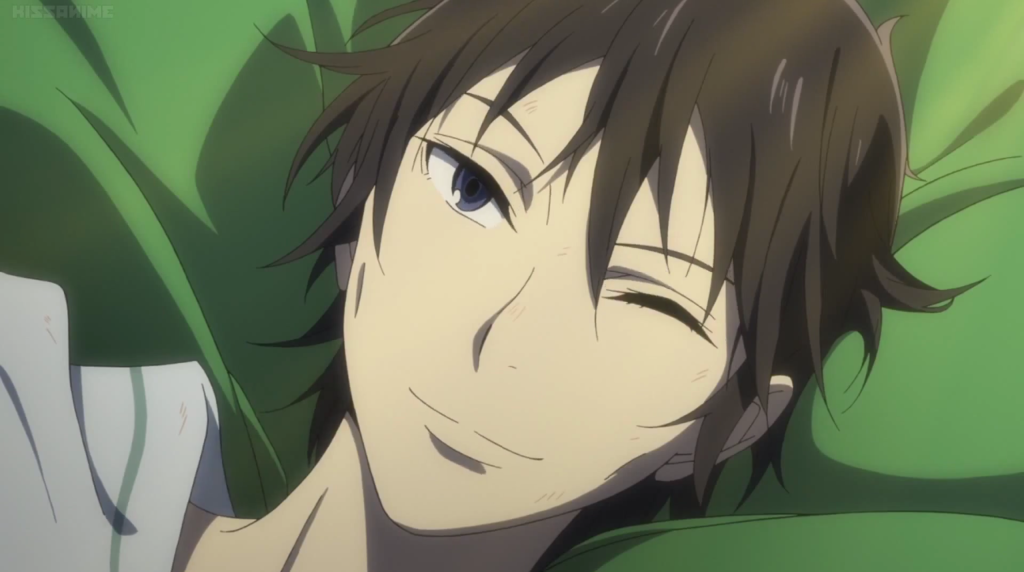
Visually, Erased captures both the warmth of childhood and the coldness of its darker themes. The animation is detailed and expressive, using lighting and color to reflect the mood of each scene.
The snowy landscapes of 1988 add to the sense of isolation and mystery, while moments of warmth between characters are highlighted with soft, inviting tones. The contrast between light and dark mirrors the story’s themes, making the visuals an integral part of its storytelling.
The soundtrack enhances the emotional and suspenseful atmosphere. The opening theme, “Re:Re:” by Asian Kung-Fu Generation, is energetic and nostalgic, perfectly fitting the anime’s blend of past and present.
The background score is subtle yet effective, heightening tension during key moments and adding emotional weight to heartfelt scenes. The sound design, from the eerie silence during suspenseful moments to the natural sounds of everyday life, contributes to the immersive experience.
One of Erased’s strengths is its pacing. At just 12 episodes, the anime wastes no time, delivering a tightly woven narrative without unnecessary filler. Every episode serves a purpose, either progressing the mystery or deepening the emotional connections between characters.
While some mystery anime drag out their reveals, Erased keeps the tension high, ensuring that every twist and revelation feels impactful. The storytelling remains engaging from beginning to end.
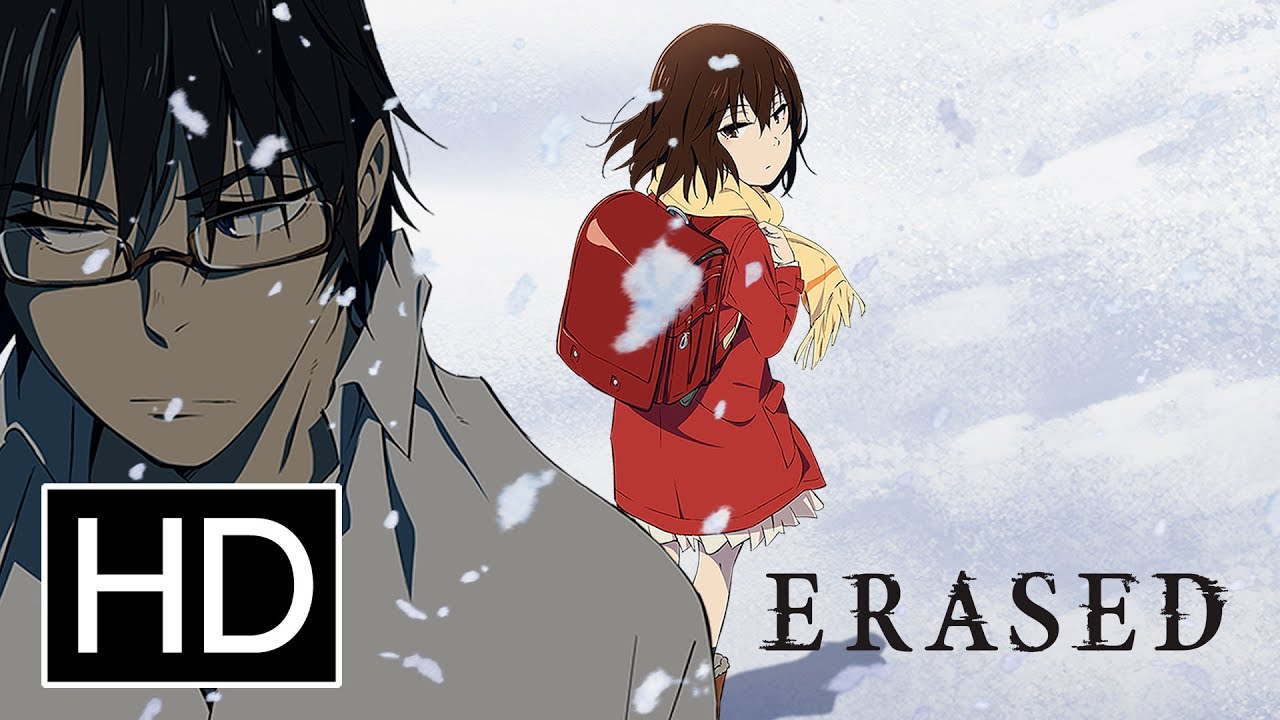
The series also explores themes of regret, second chances, and the impact of small actions. Satoru’s journey is not just about solving a mystery; it’s about learning to appreciate the people around him and understanding the power of kindness.
His actions in the past don’t just alter events—they change lives. Erased beautifully conveys how one person’s determination to do the right thing can create ripples that extend far beyond what they initially intended.
However, one of the anime’s most debated aspects is its ending. While the final confrontation with the true antagonist provides closure, some fans feel it is rushed compared to the careful build-up of previous episodes.
The tension that had been meticulously crafted throughout the series wraps up relatively quickly. Despite this, the conclusion remains satisfying in terms of character growth, particularly for Satoru and those he sought to save. The emotional resolution outweighs any flaws in pacing.
Erased is a rare anime that blends mystery, drama, and emotional storytelling seamlessly. Its gripping narrative, well-developed characters, and powerful themes make it stand out in the thriller genre. Whether you’re drawn to suspenseful mysteries, heartfelt character relationships, or stories about changing fate, Erased delivers on all fronts.
Despite its short length, the series leaves a lasting impact, making it a must-watch for anyone who enjoys thought-provoking and emotionally charged anime.
3) Free!
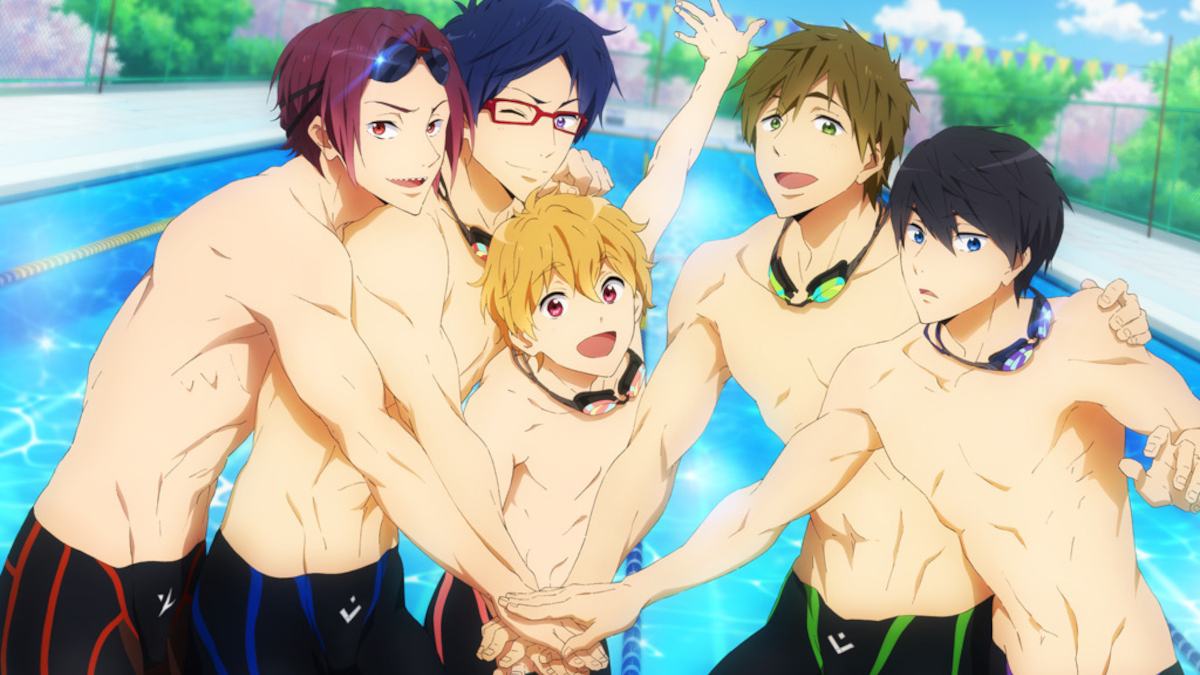
“Free!” mentions themes of friendship, nostalgia, and determination across its 12 exhilarating episodes. Join Haruka Nanase, a gifted swimmer who reunites with childhood friends to revive their passion for swimming. Perfect for newcomers seeking the thrill of sports and the journey of coming-of-age tales.
2) The Tatami Time Machine Blues
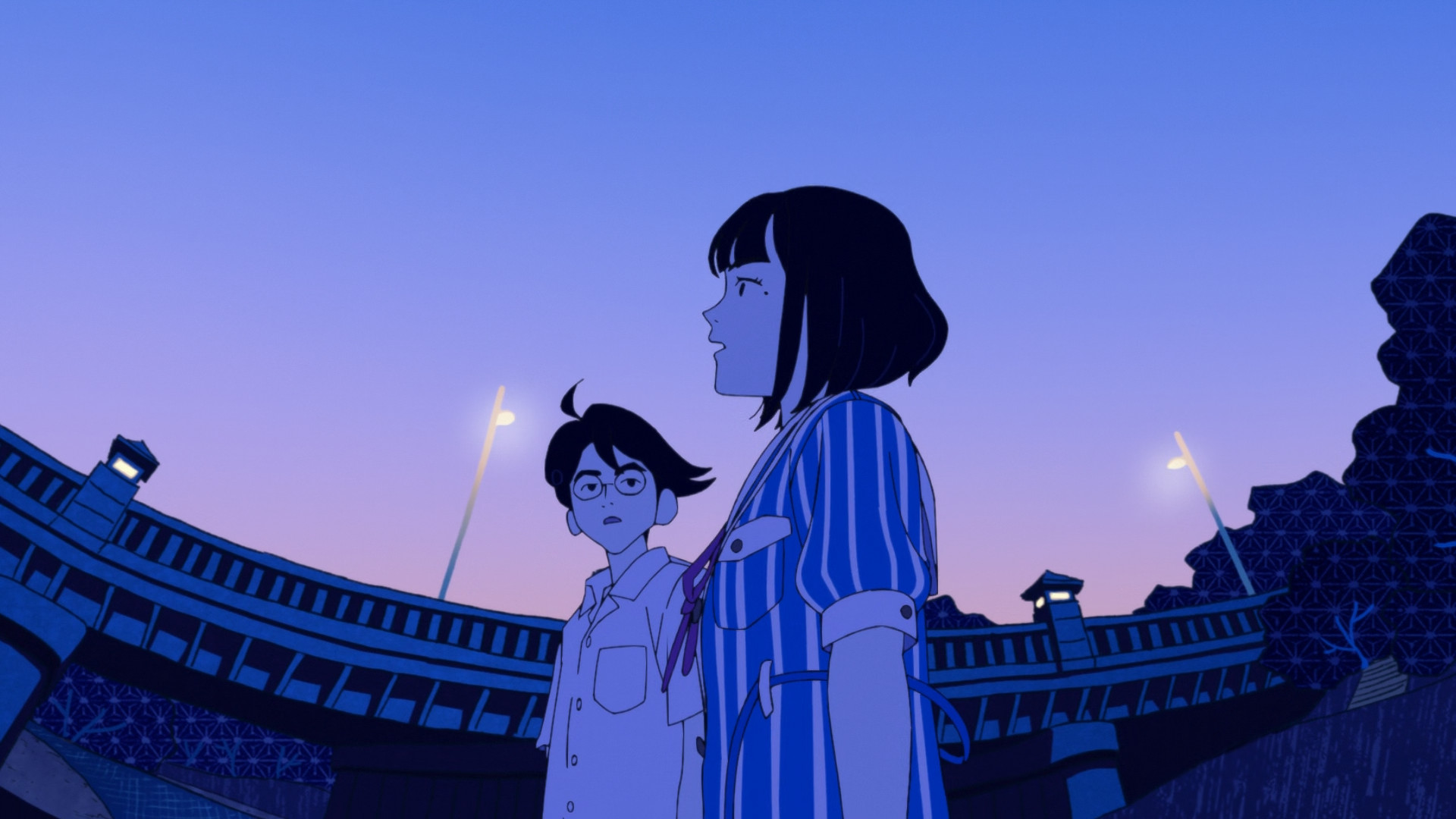
‘The Tatami Time Machine Blues,’ is a sequel to ‘The Tatami Galaxy,’ offers just under two hours of pure entertainment. Set on a scorching summer day at Kyoto University, students face a dilemma when the air conditioner remote malfunctions.
Their solution? A time machine to fix the mishap. What follows is a hilarious rollercoaster of disasters and comedic chaos.”
1) Shikimori’s Not Just A Cutie
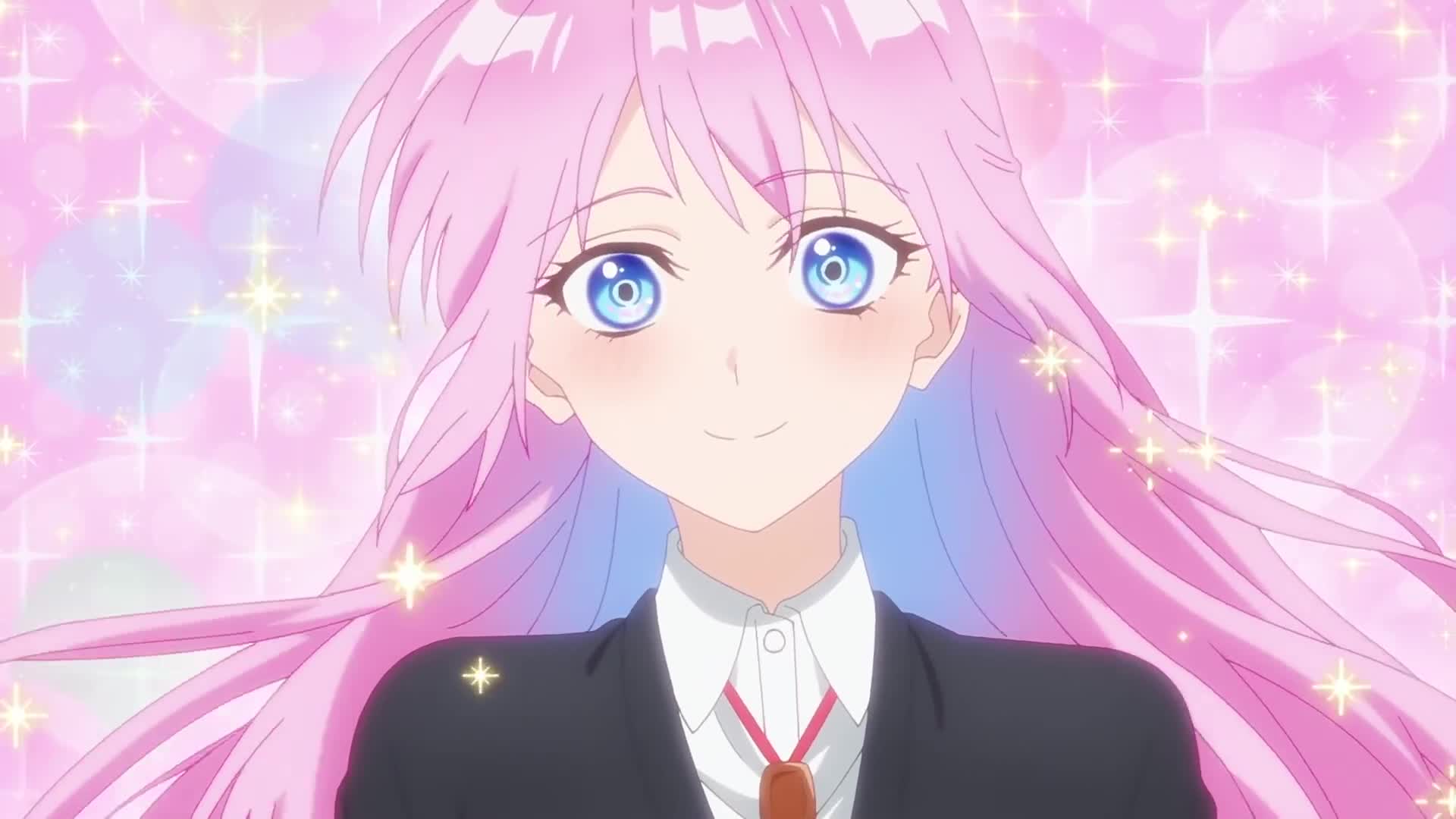
‘Shikimori’s Not Just A Cutie,’ is where love takes center stage in the most endearing way. Meet Shikimori and her clumsy beau, Izumi, an odd but utterly lovable pair. While Shikimori dazzles with her sweetness and occasional athleticism, Izumi fumbles through life with two left feet and a knack for trouble.
But when danger looms, Shikimori transforms into a heroic figure, saving her bumbling boyfriend with style. From Izumi’s stunned reactions to Shikimori’s breathtaking metamorphoses, this series is a delightful journey from start to finish.”

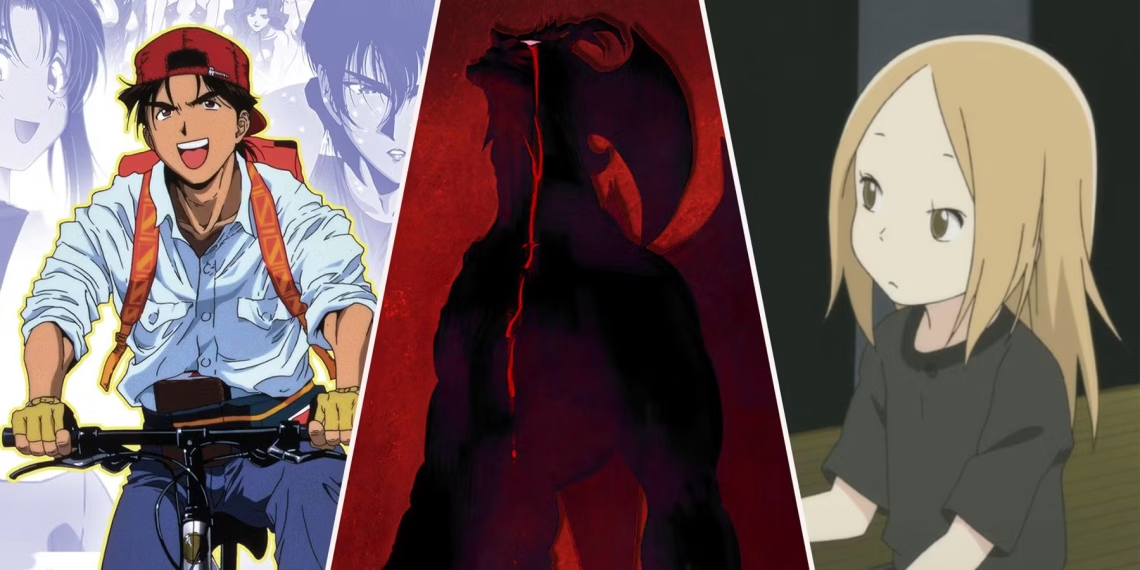
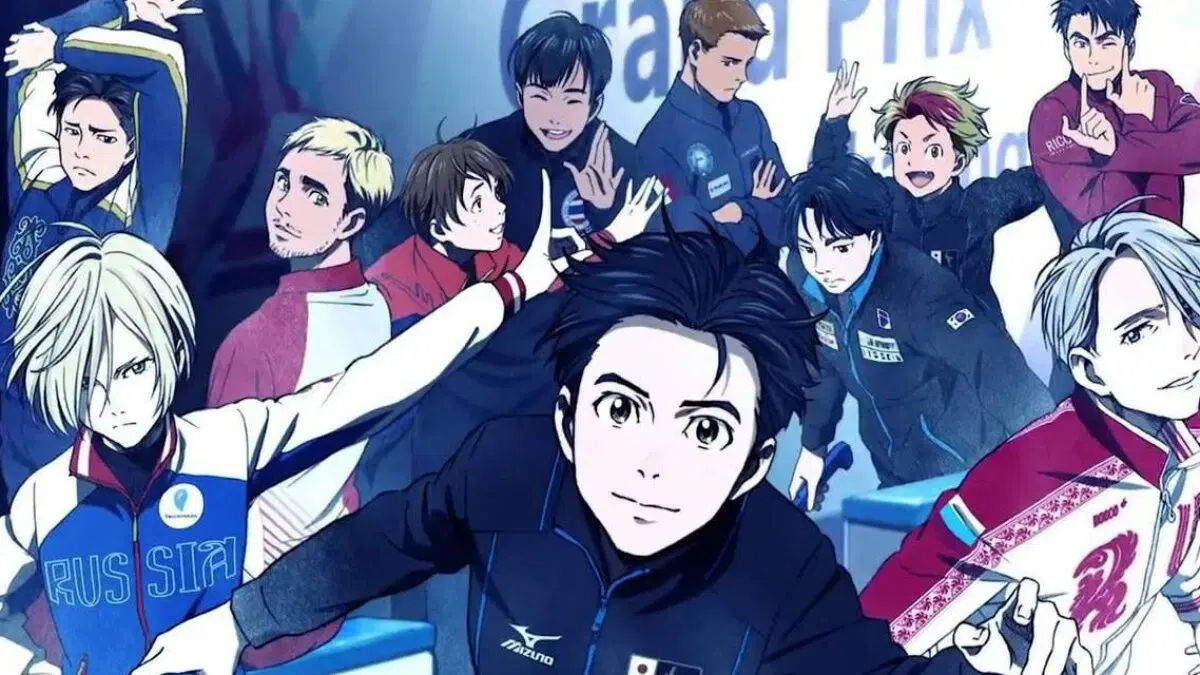



So nice bro